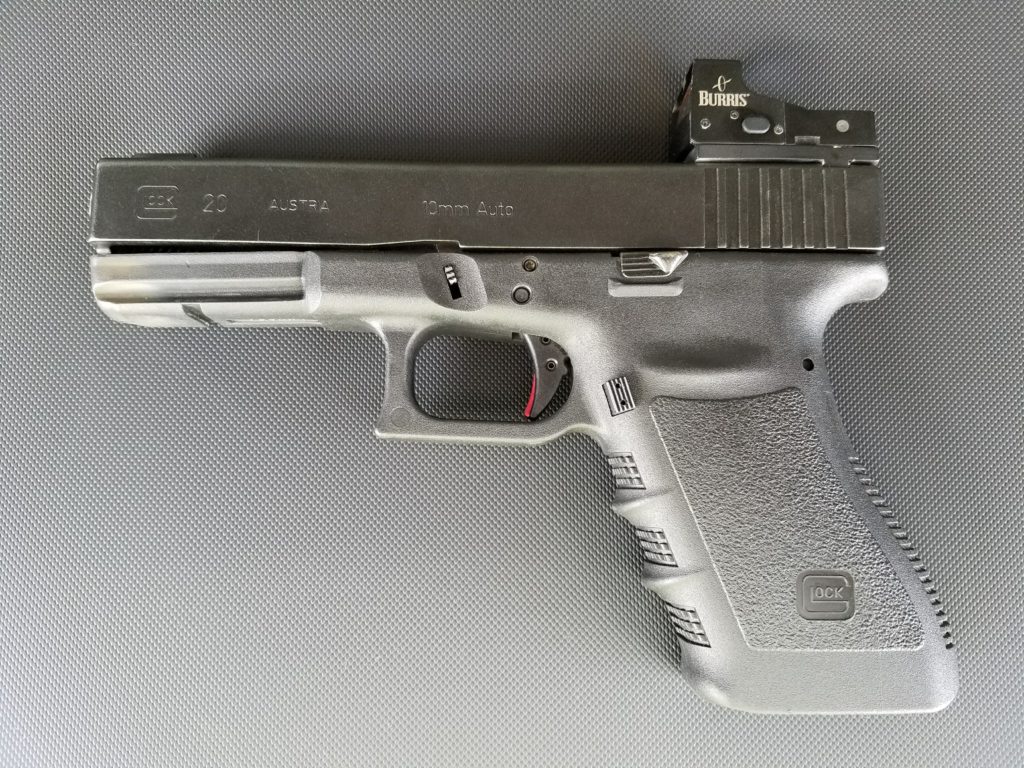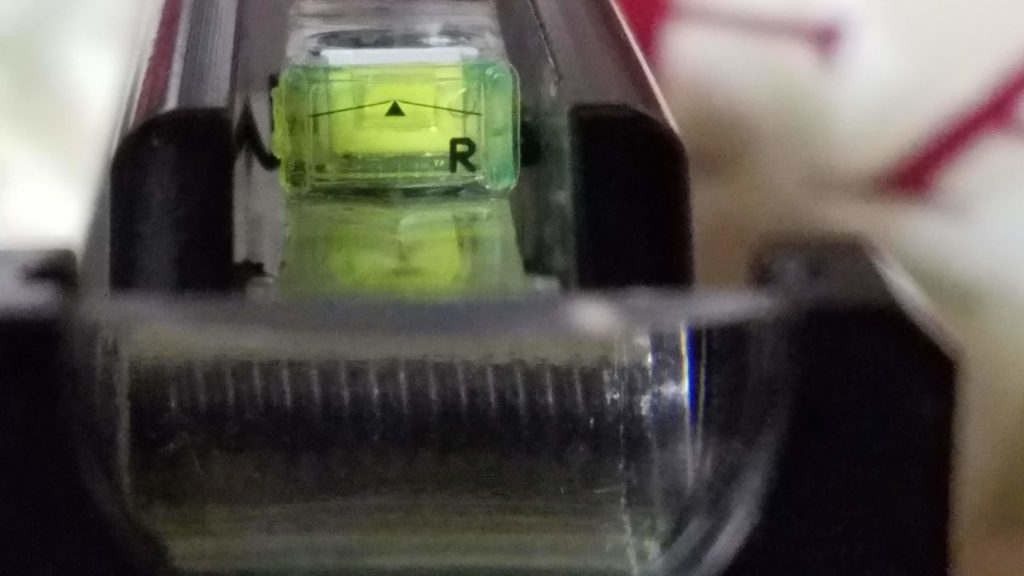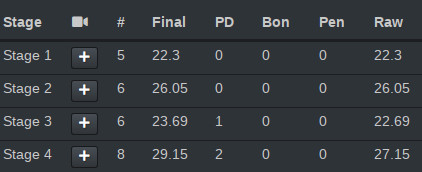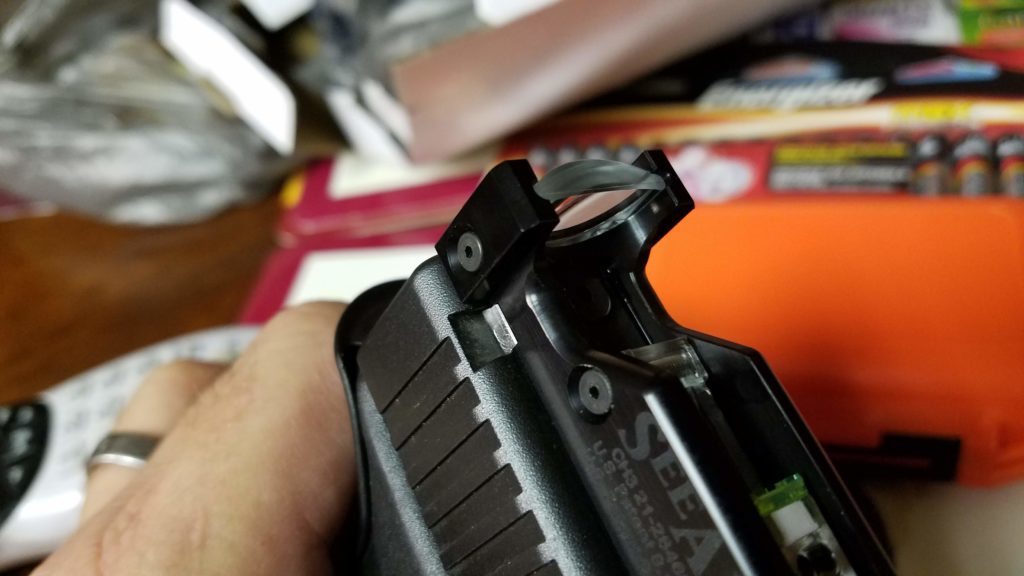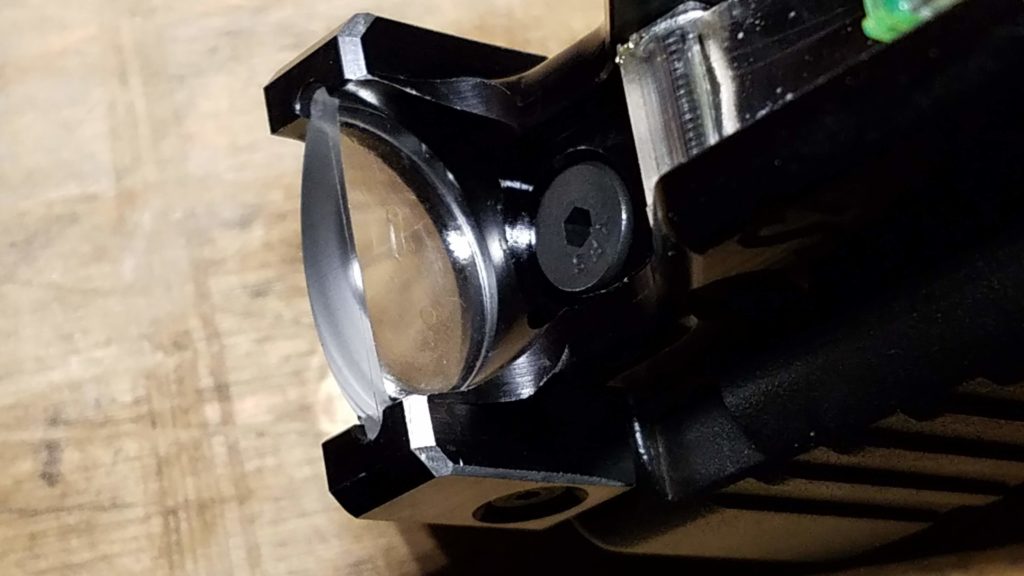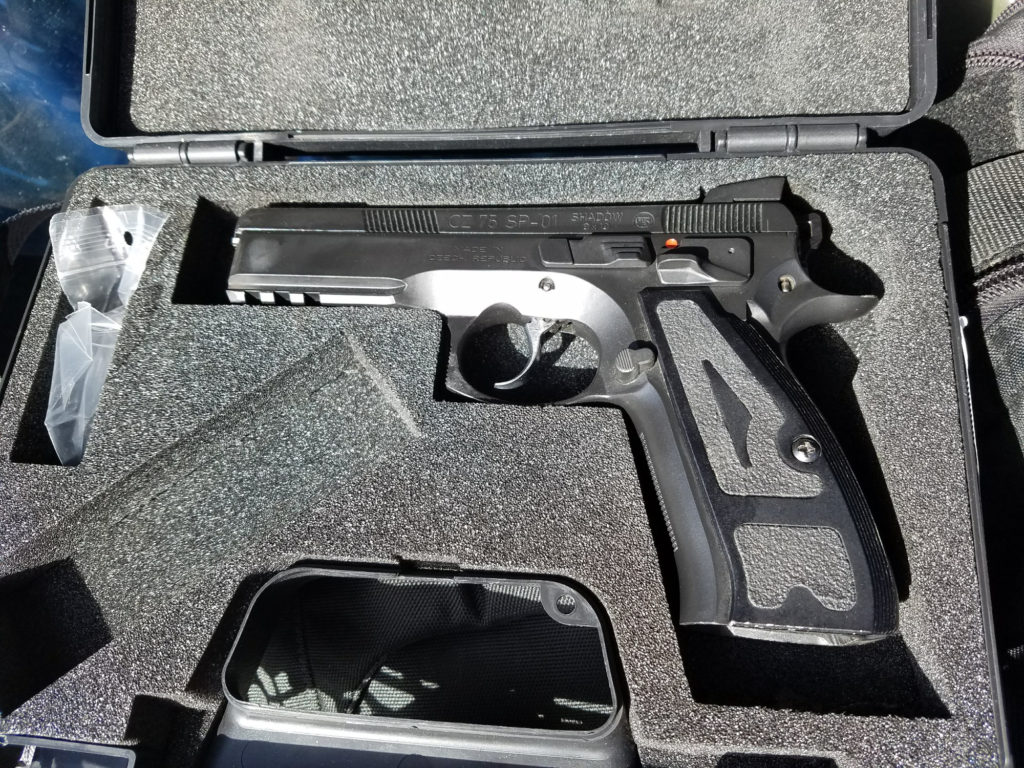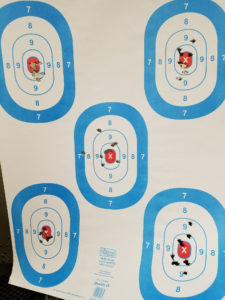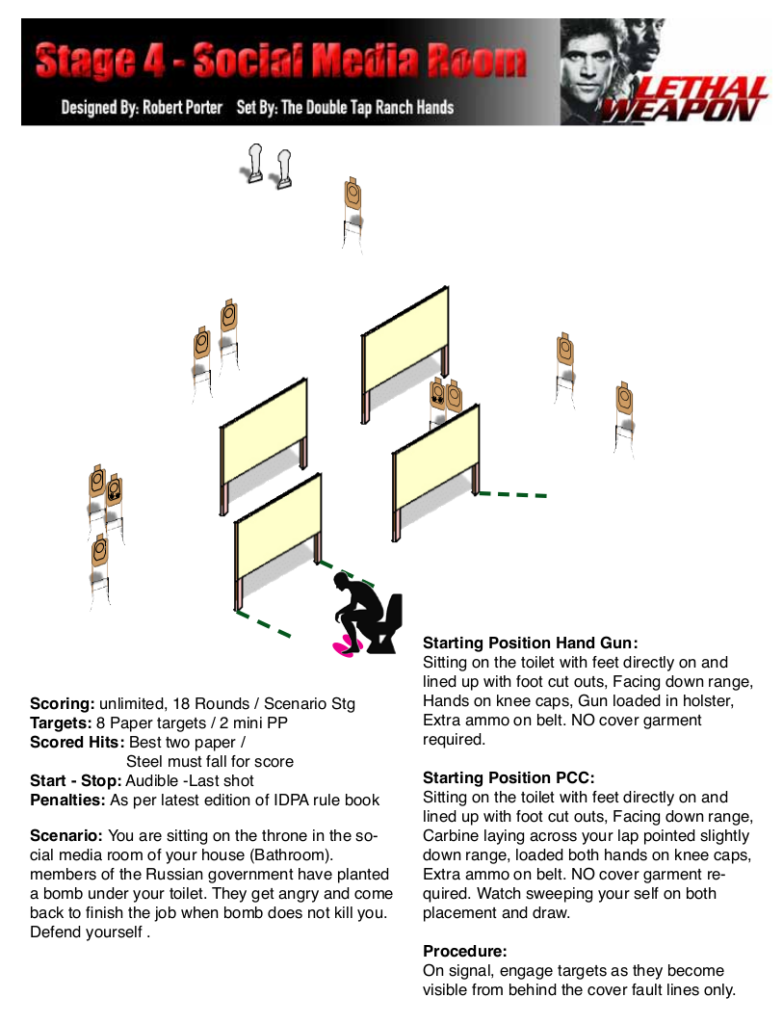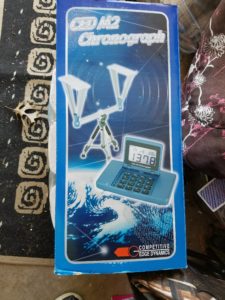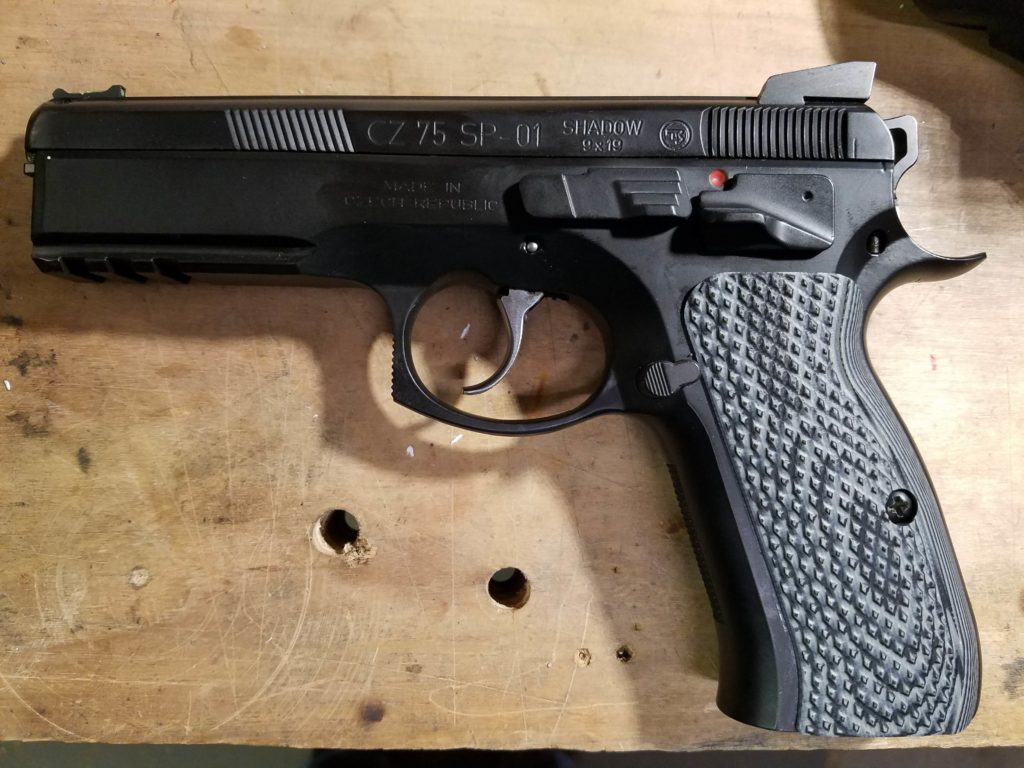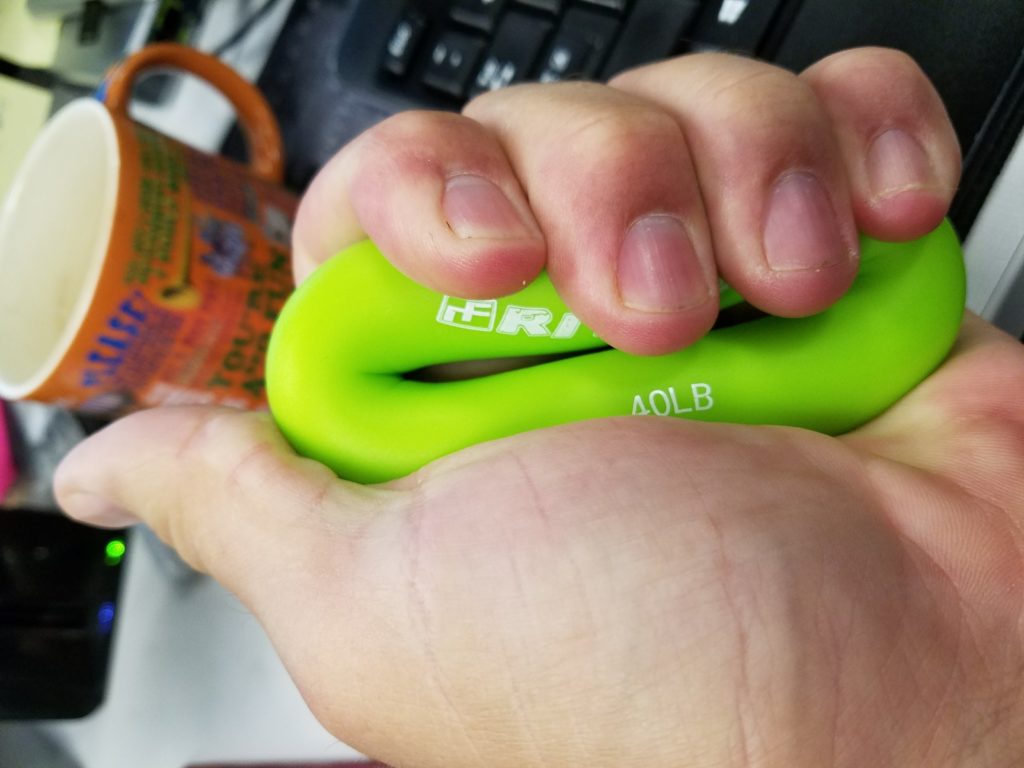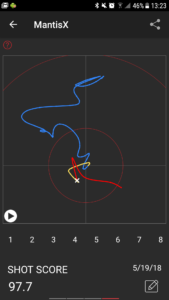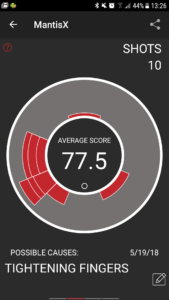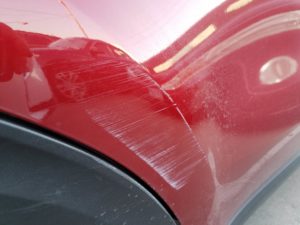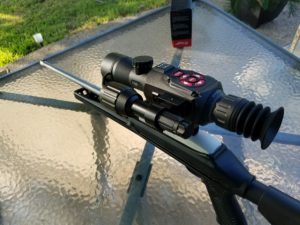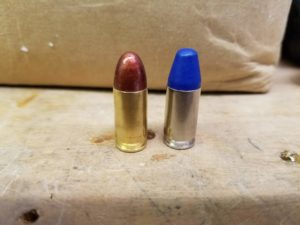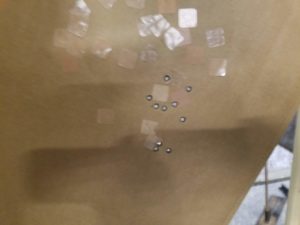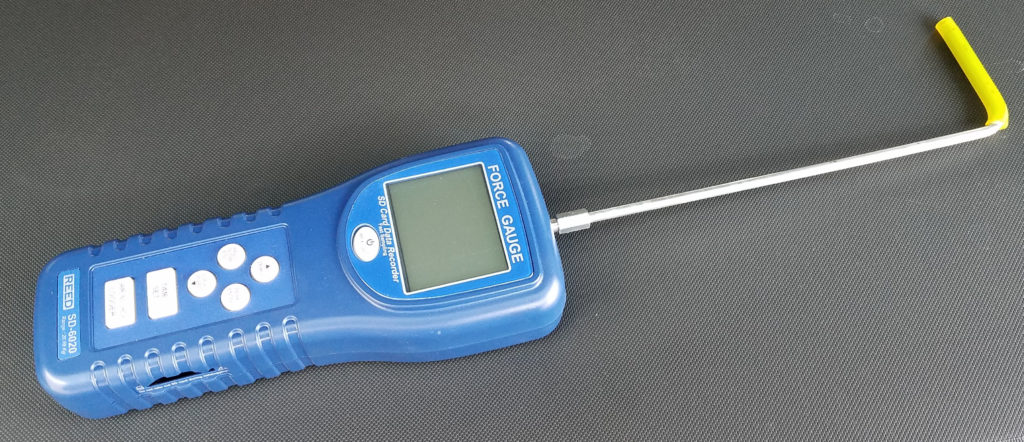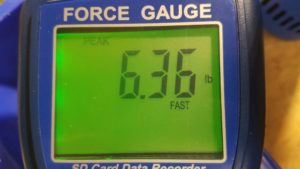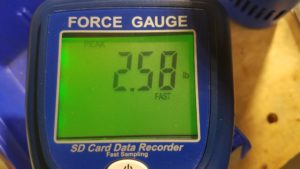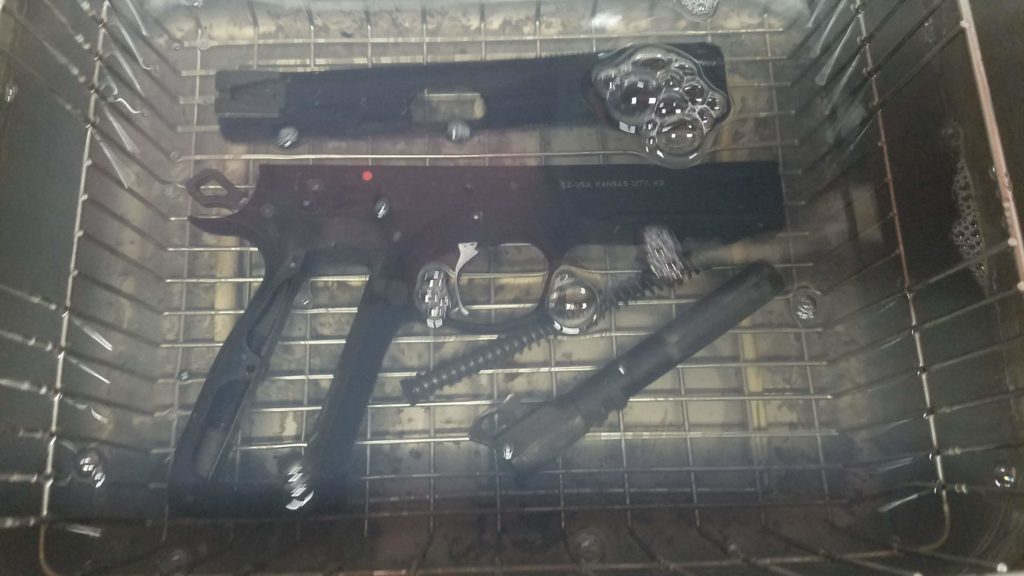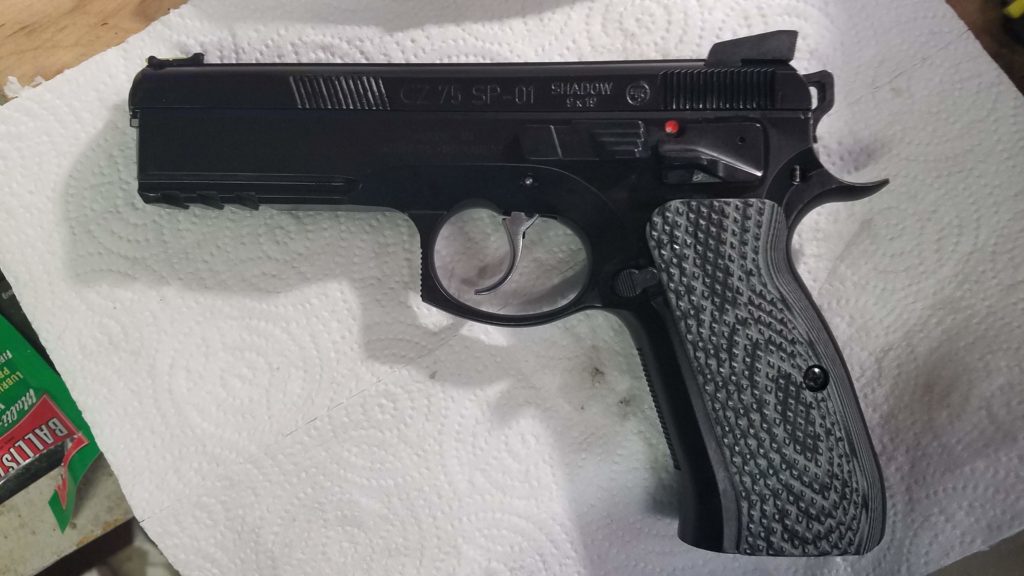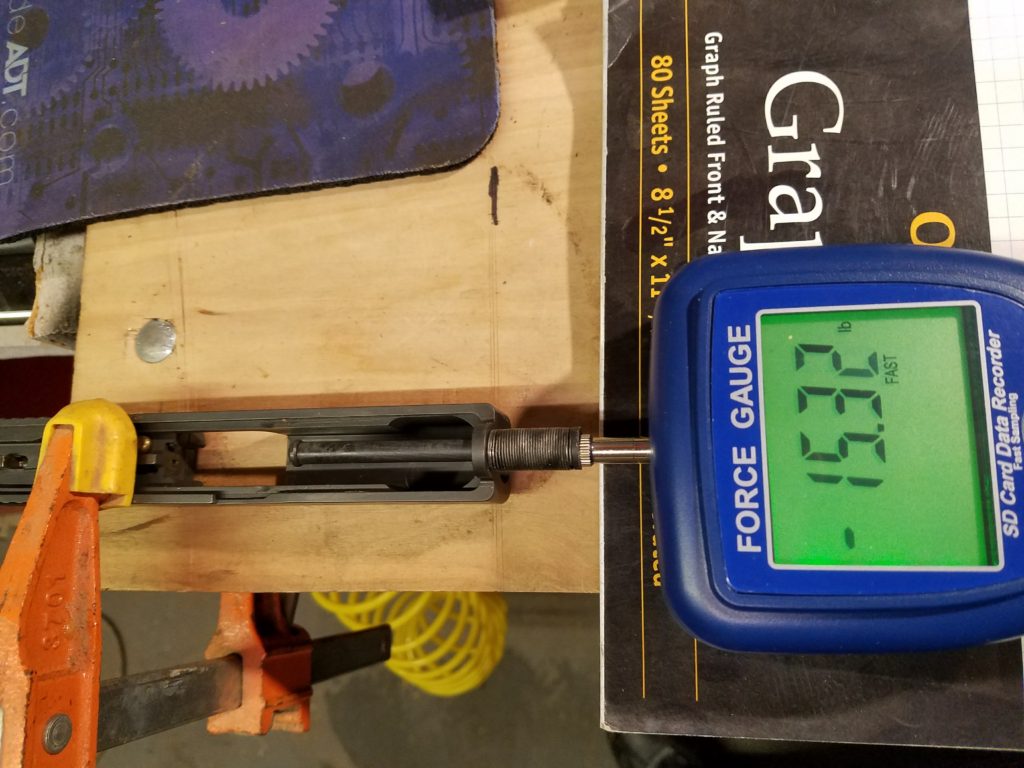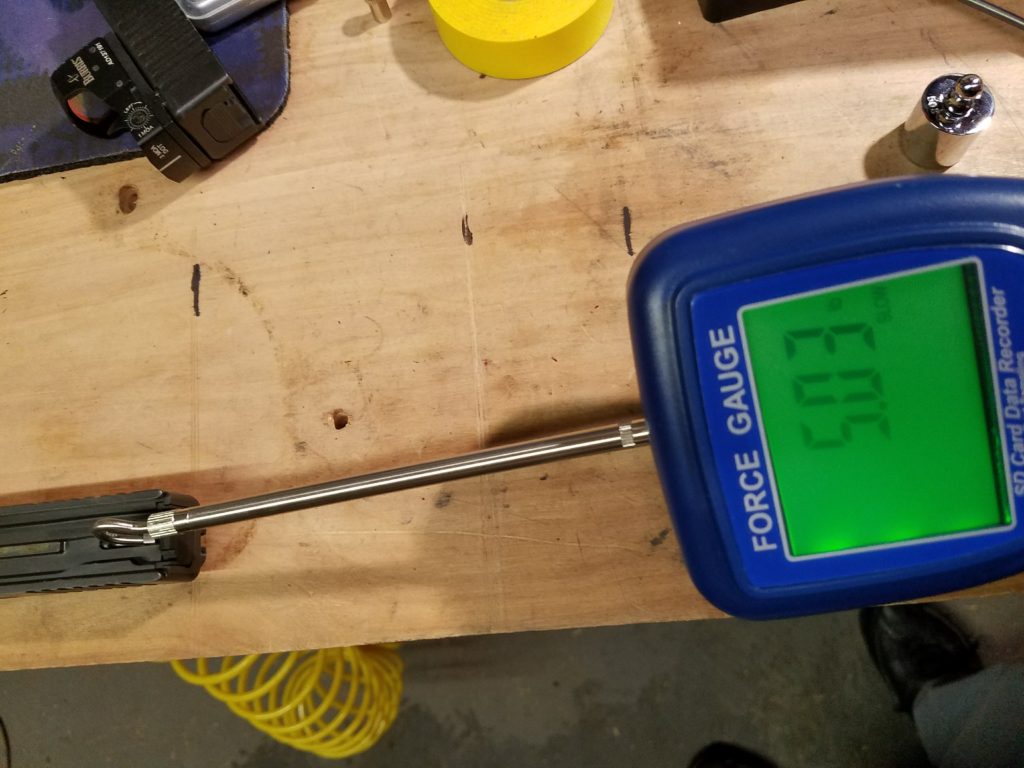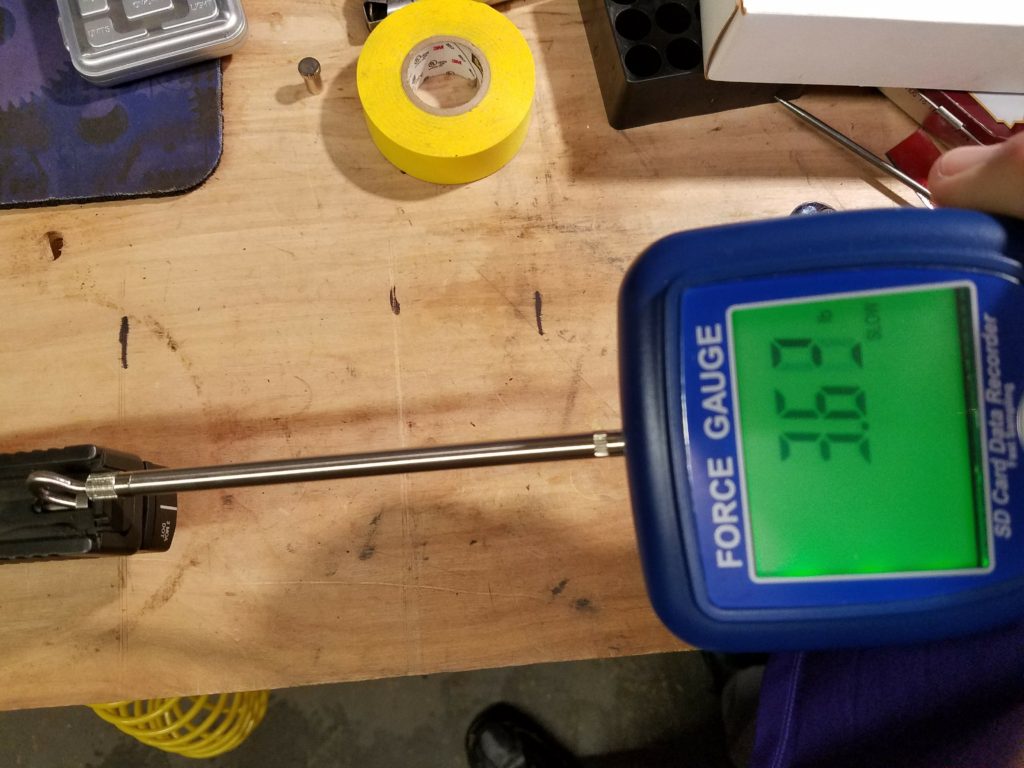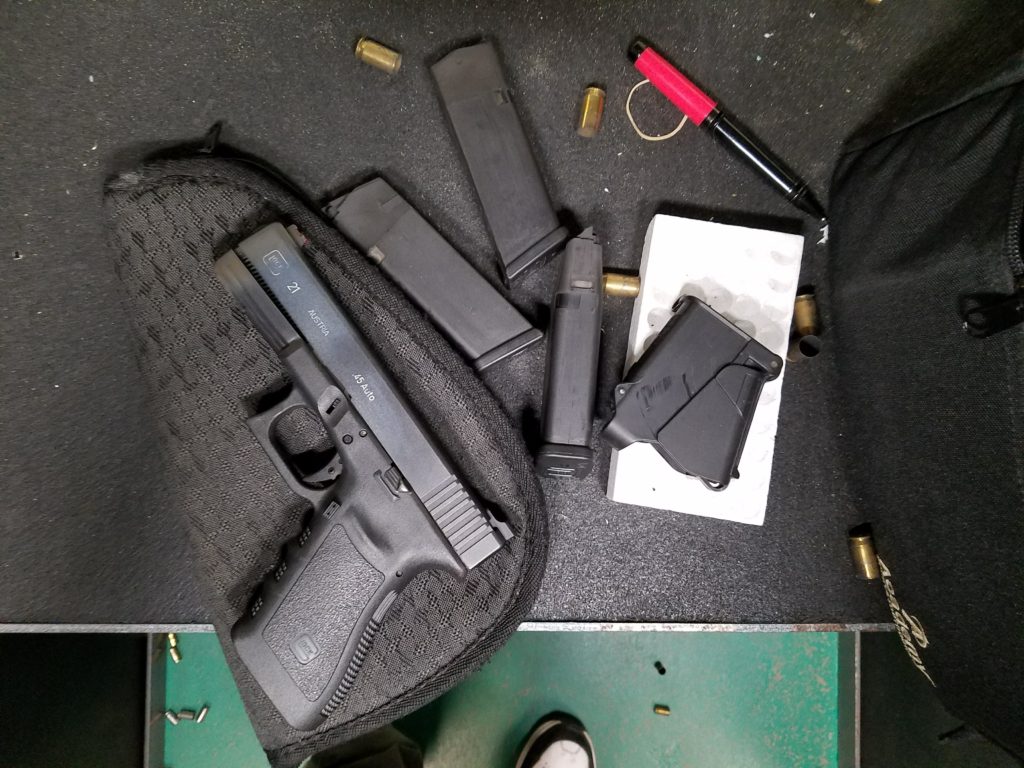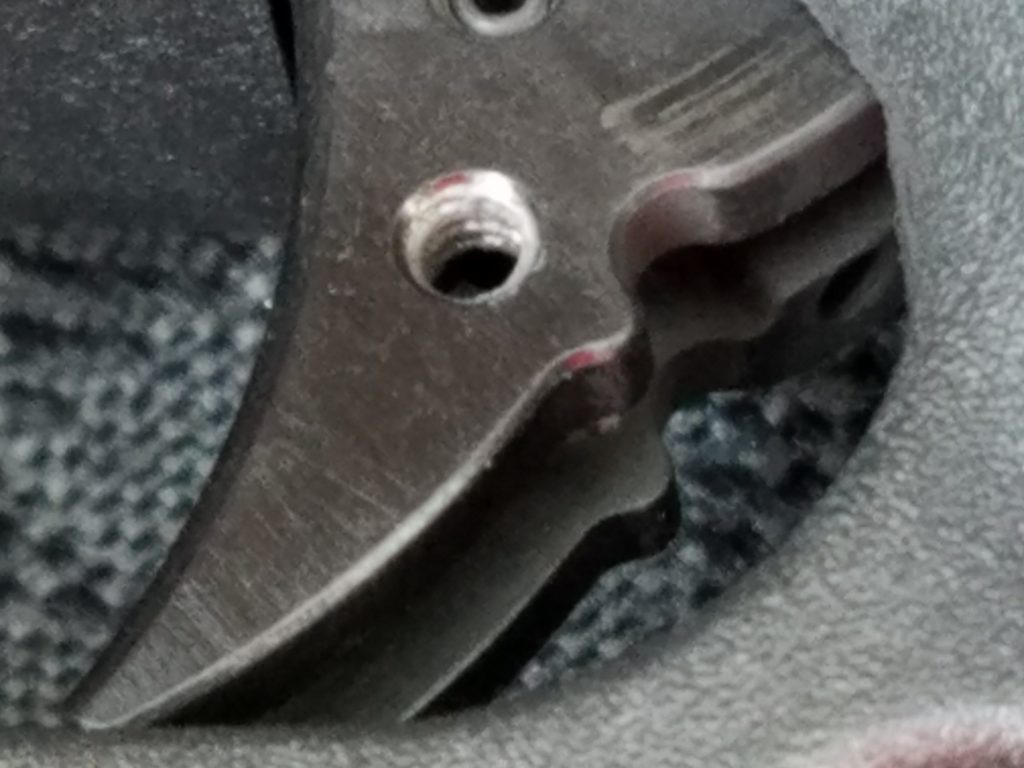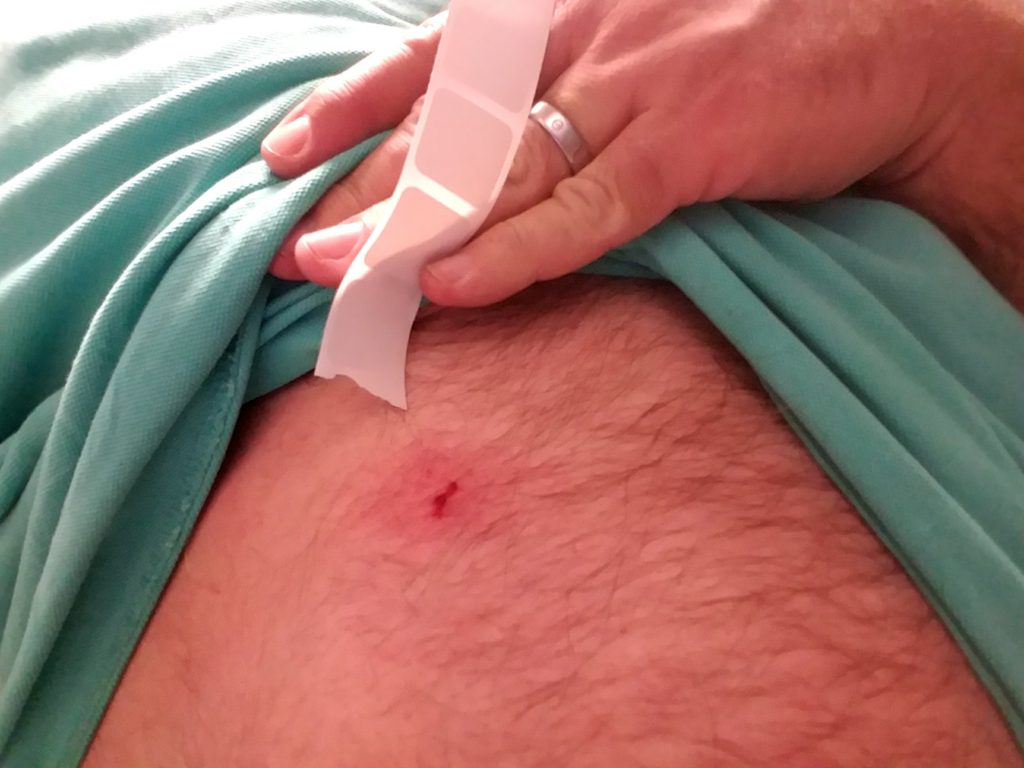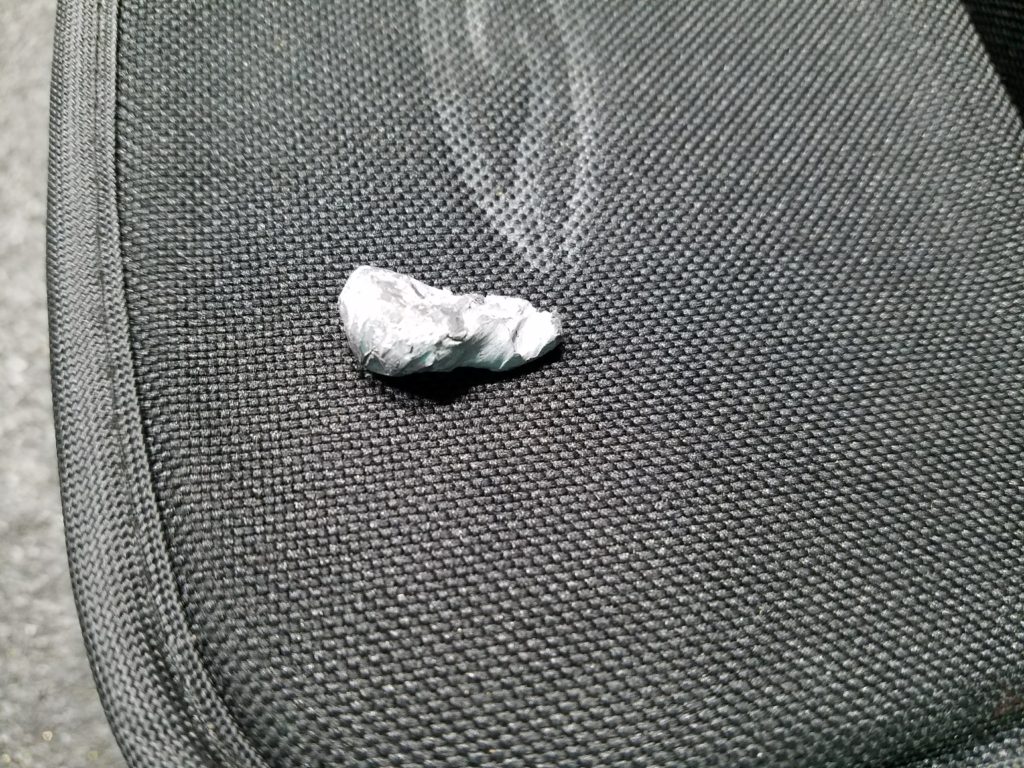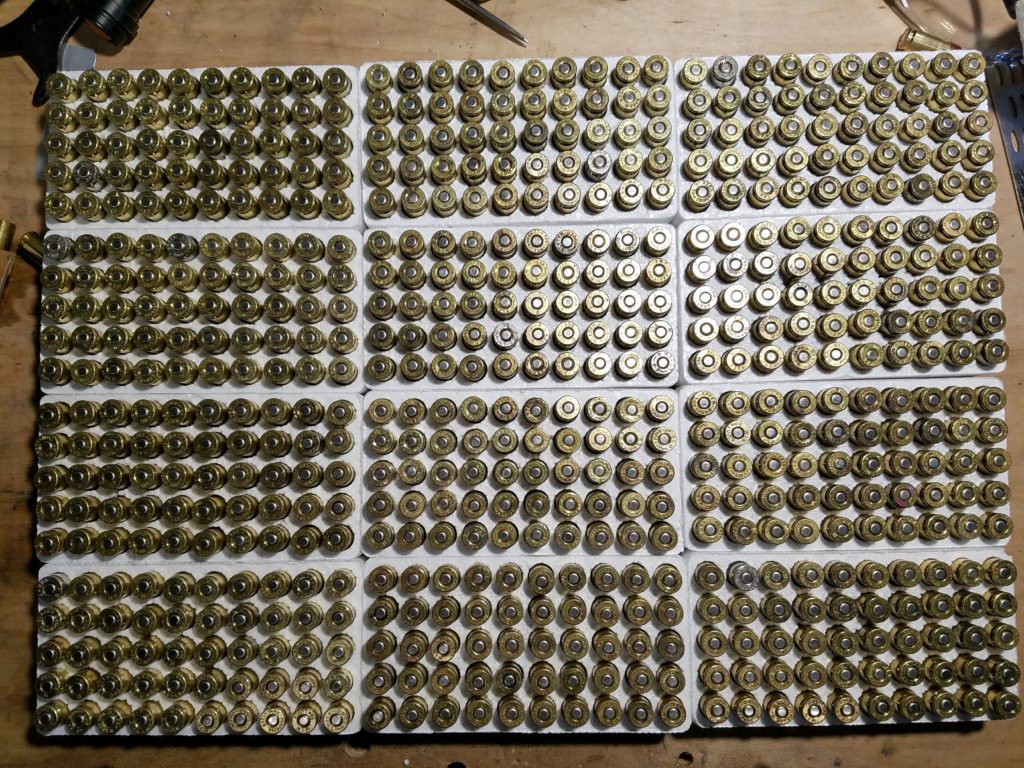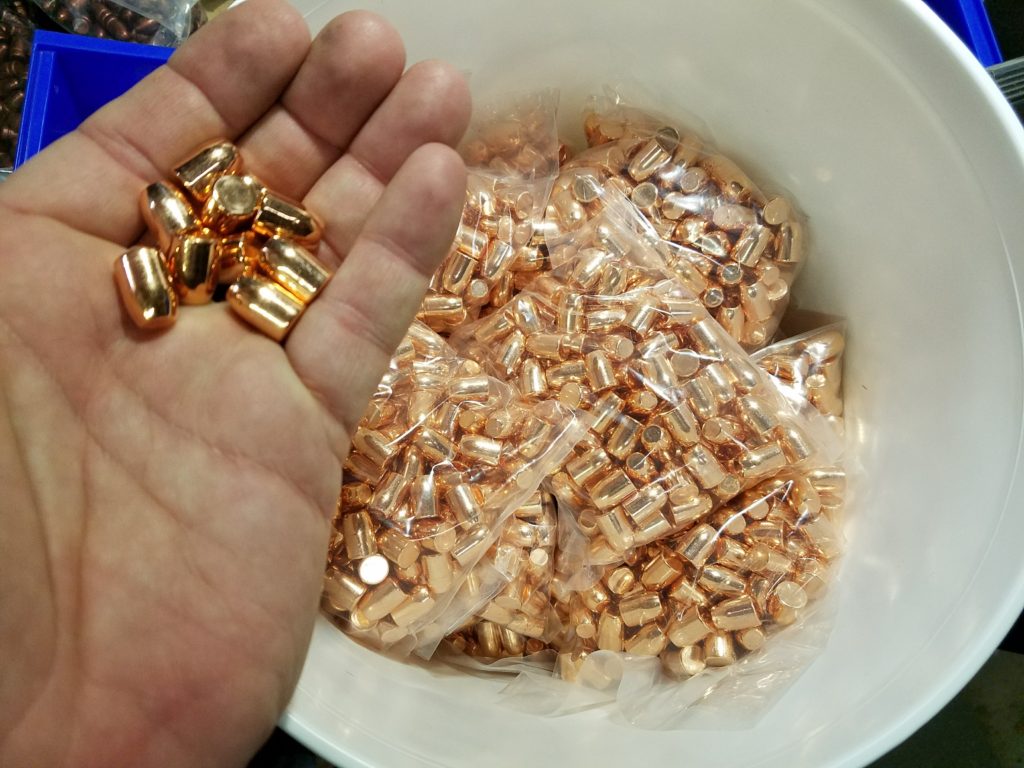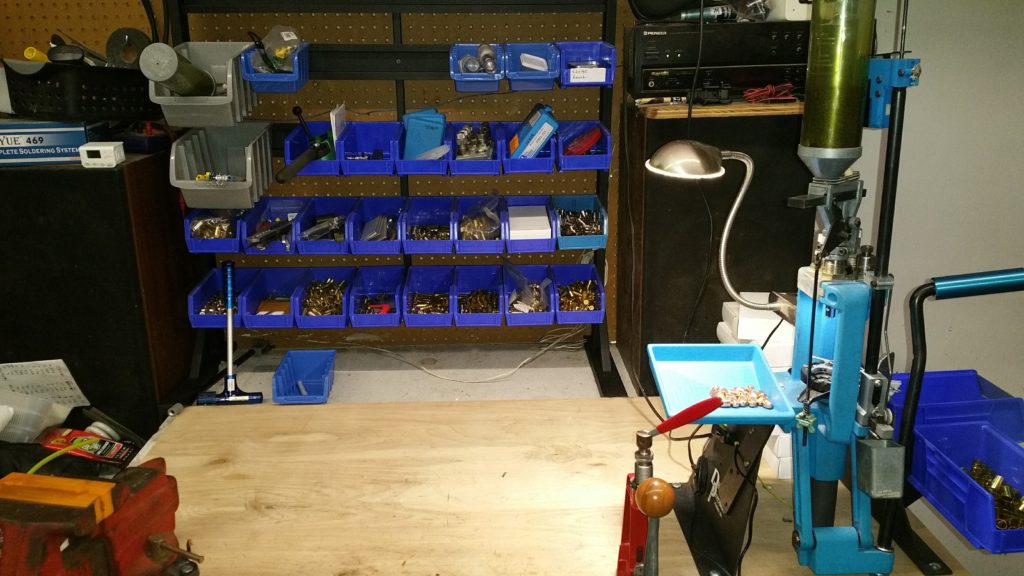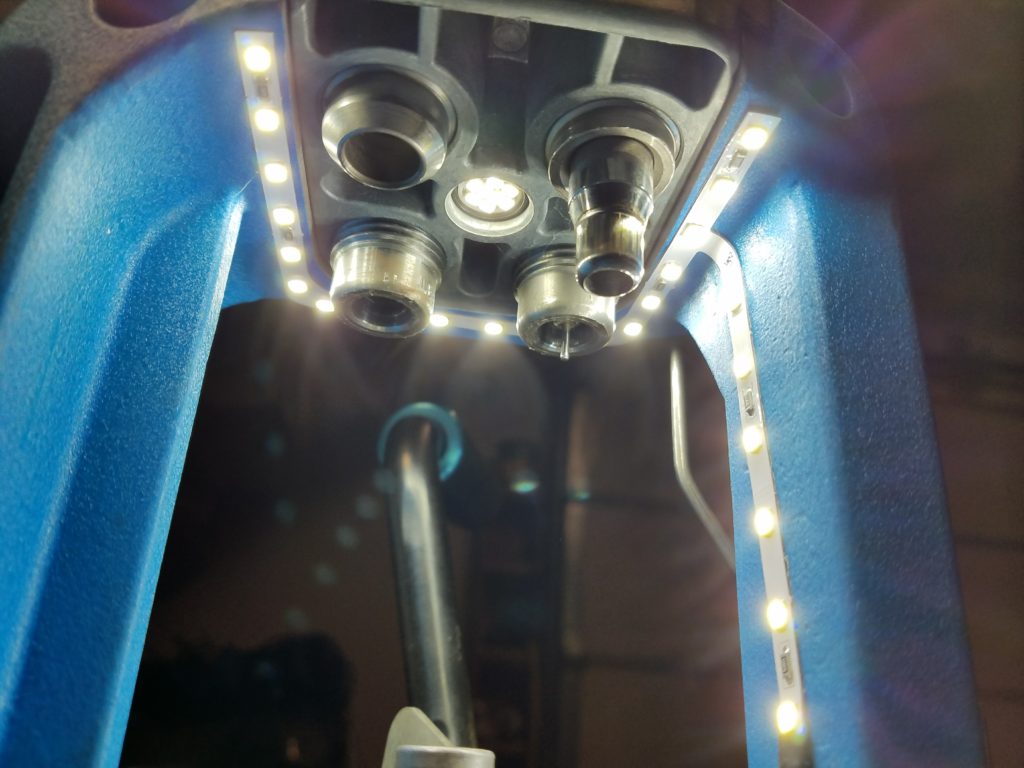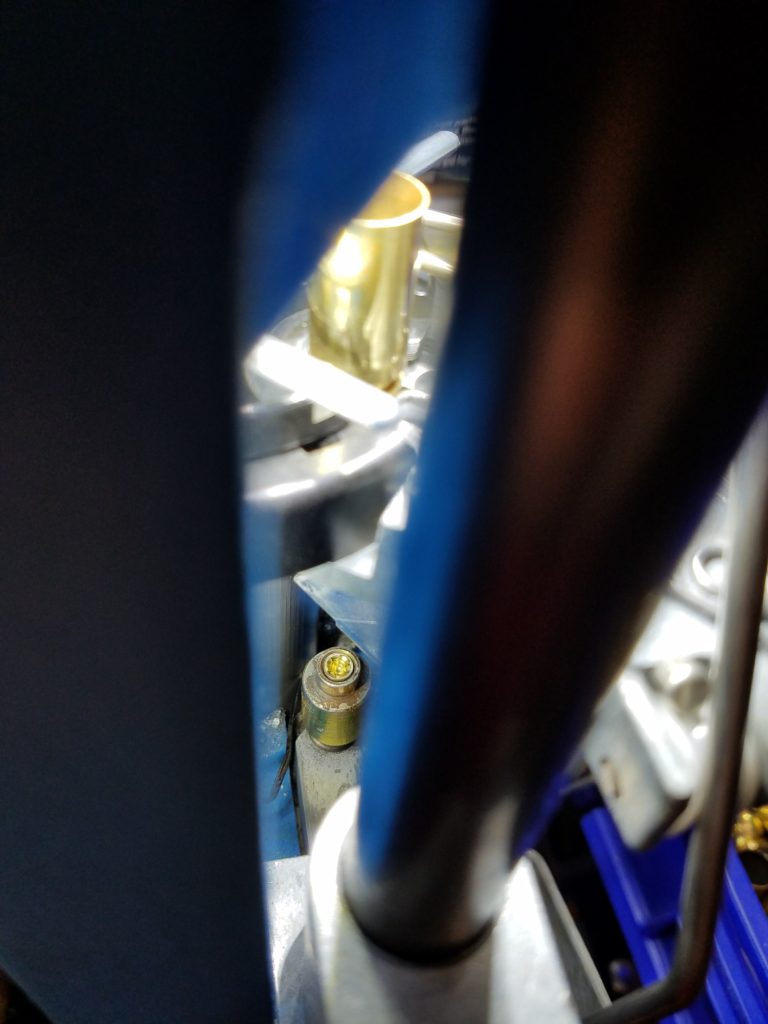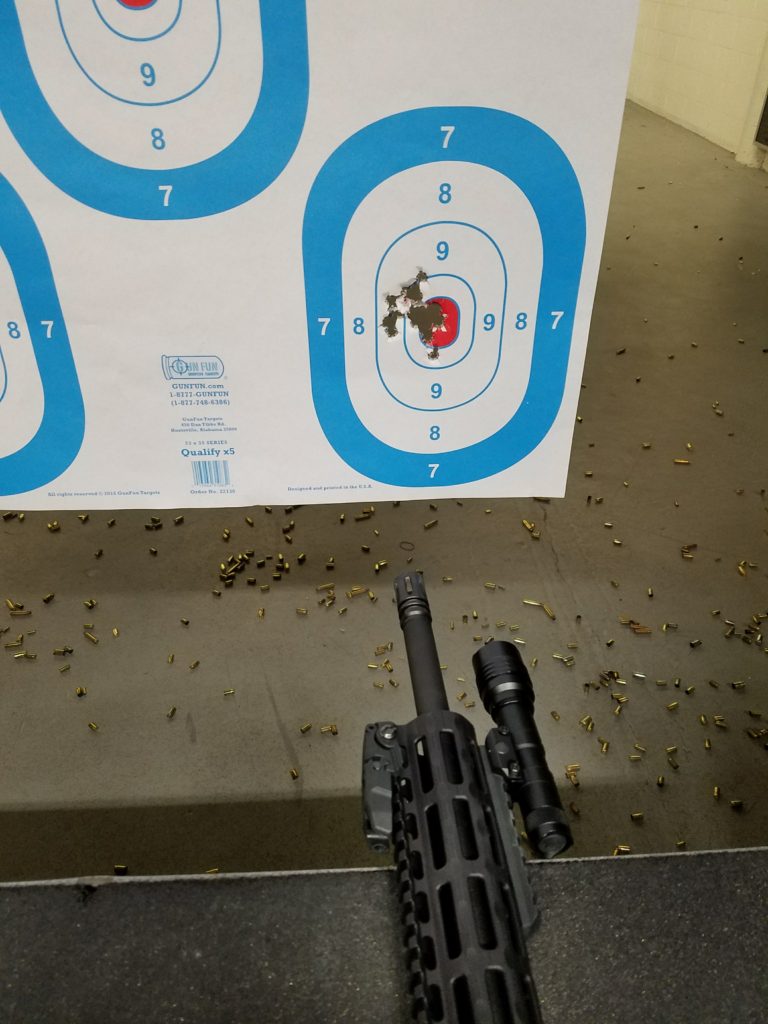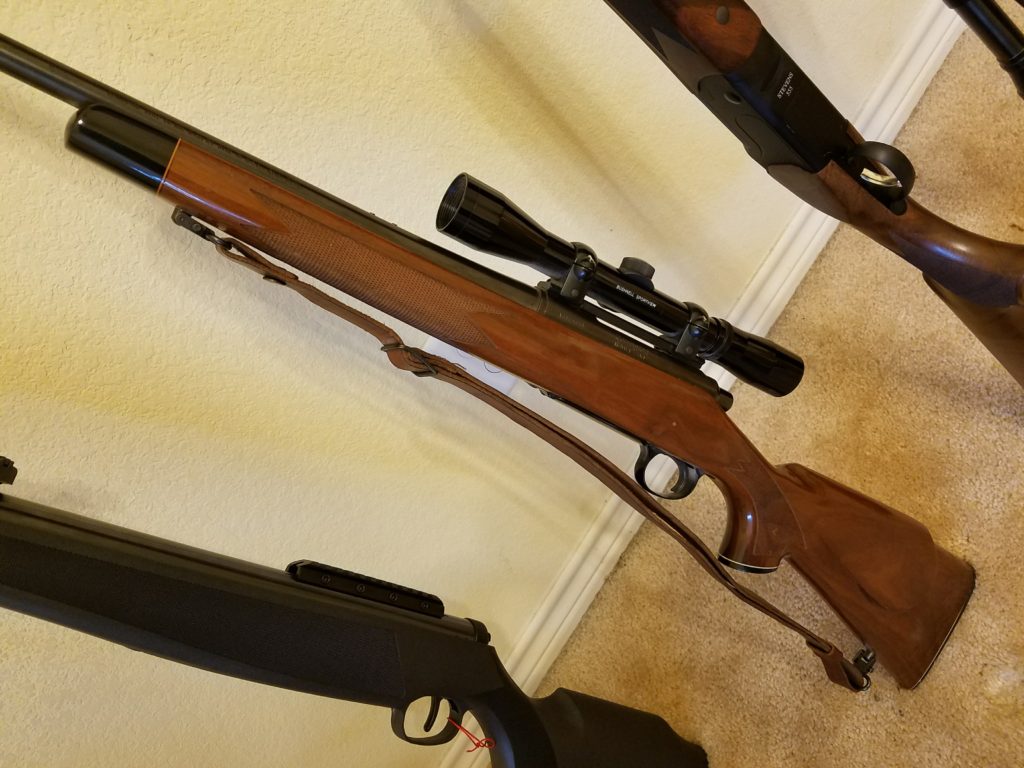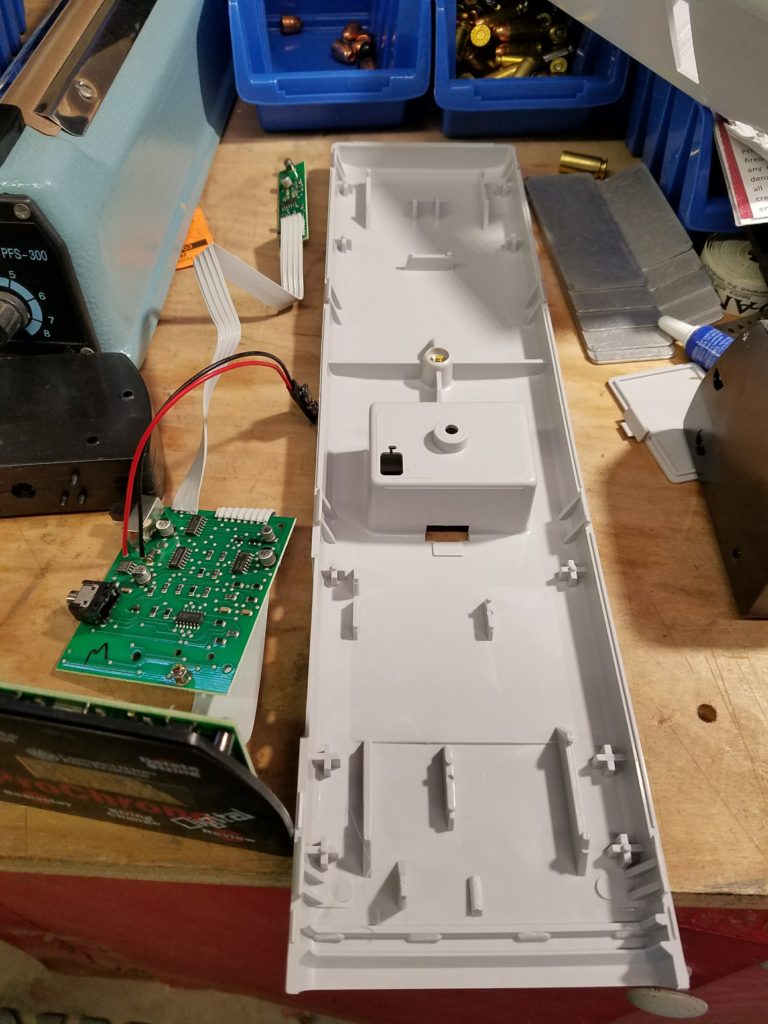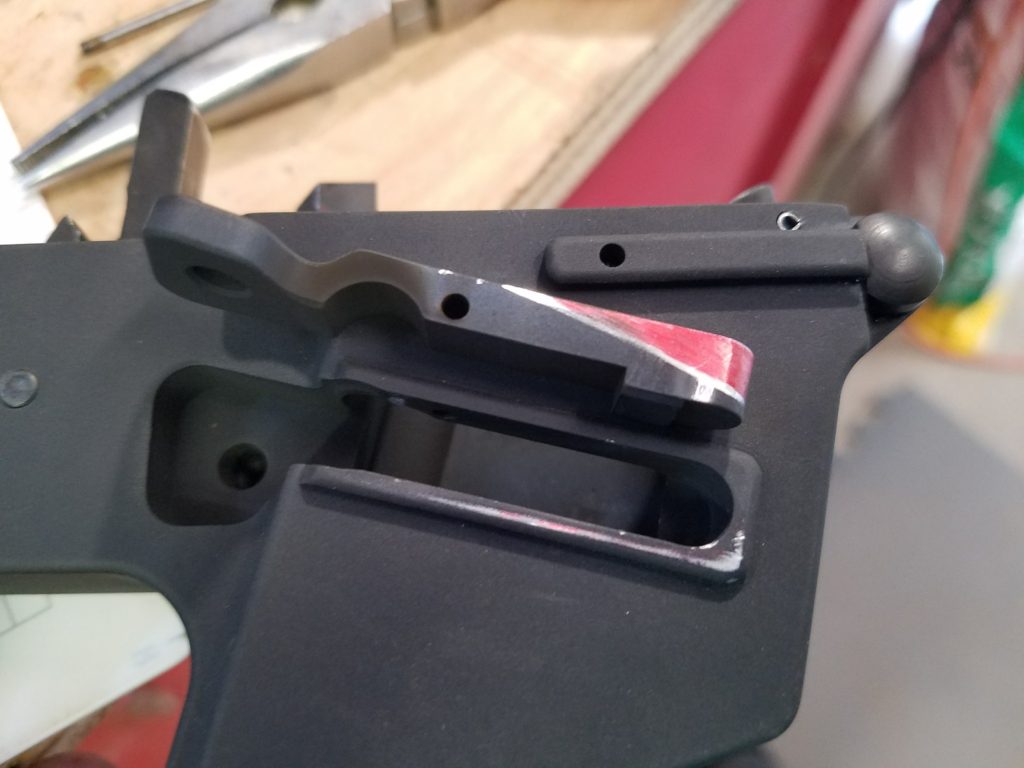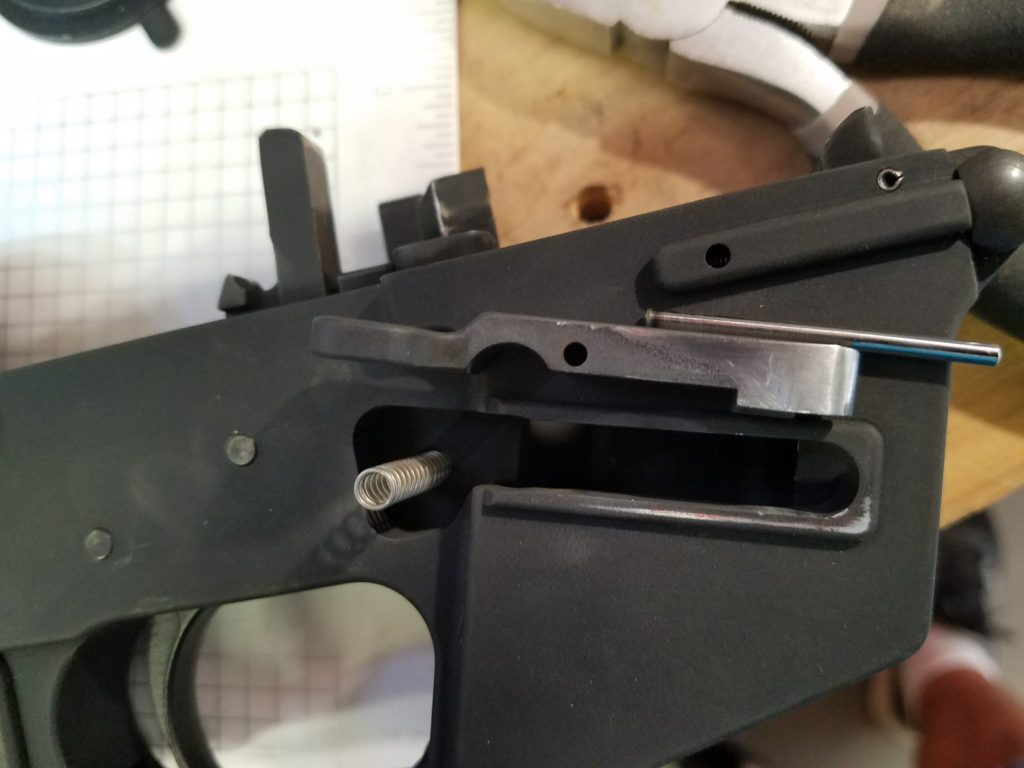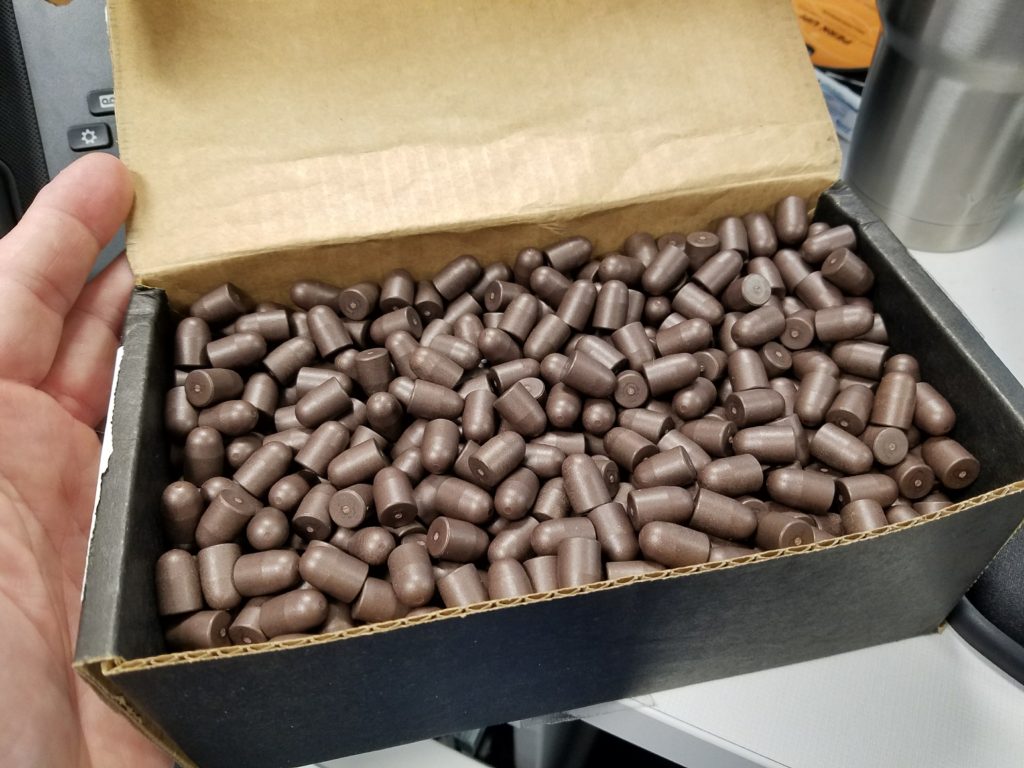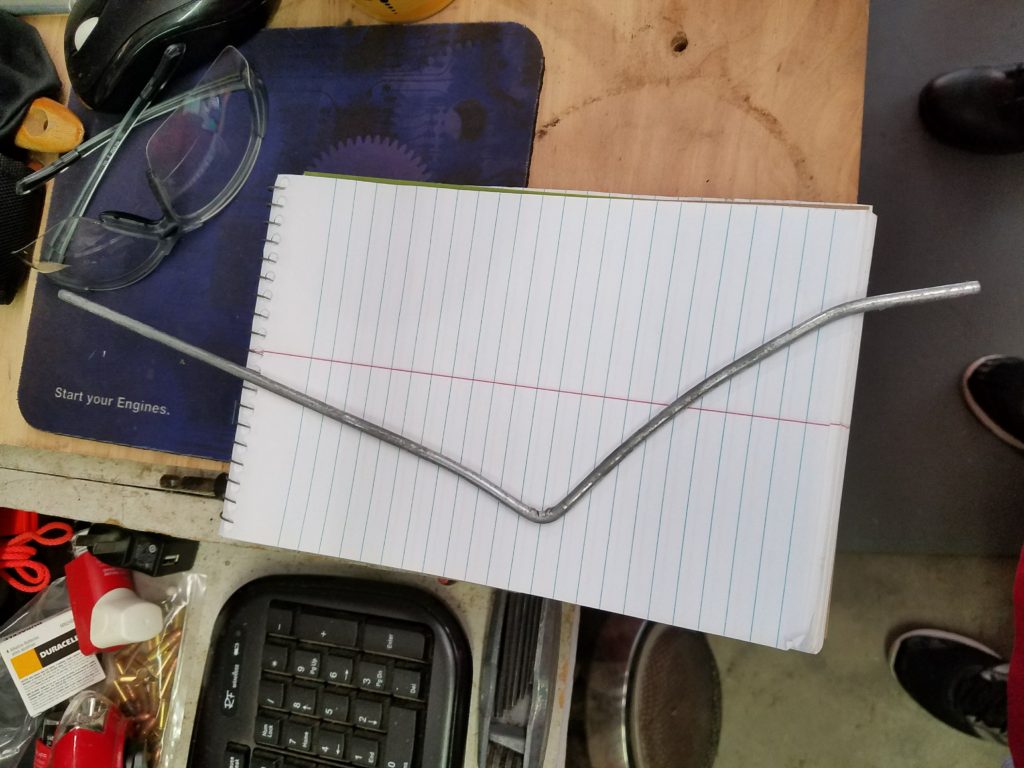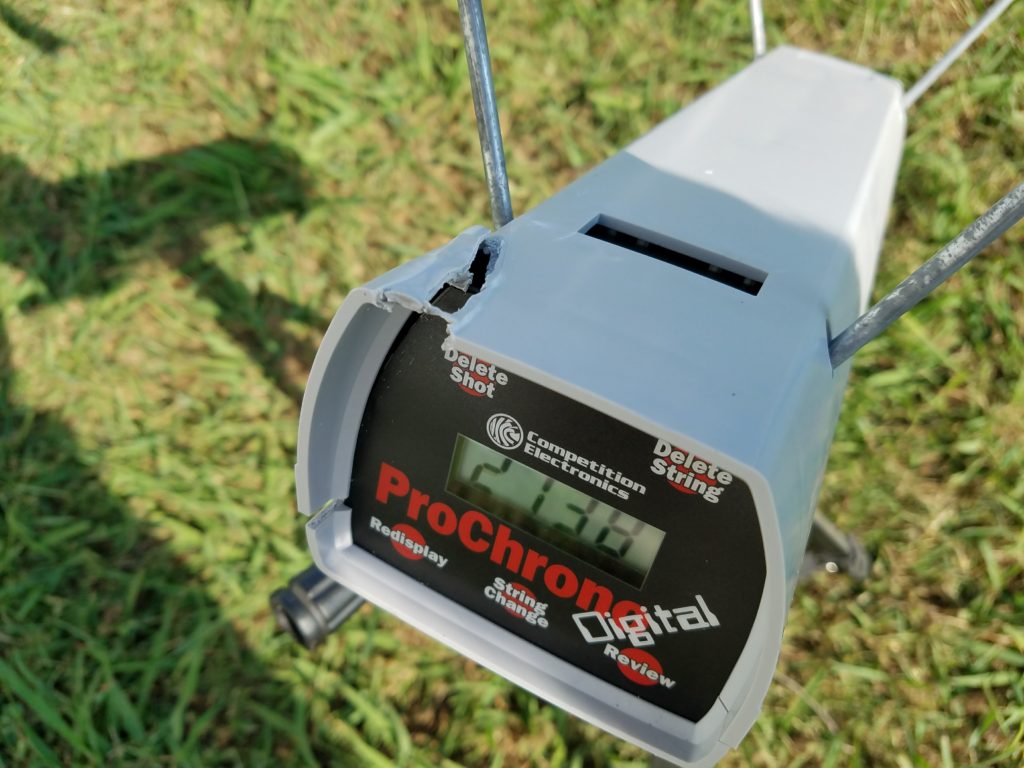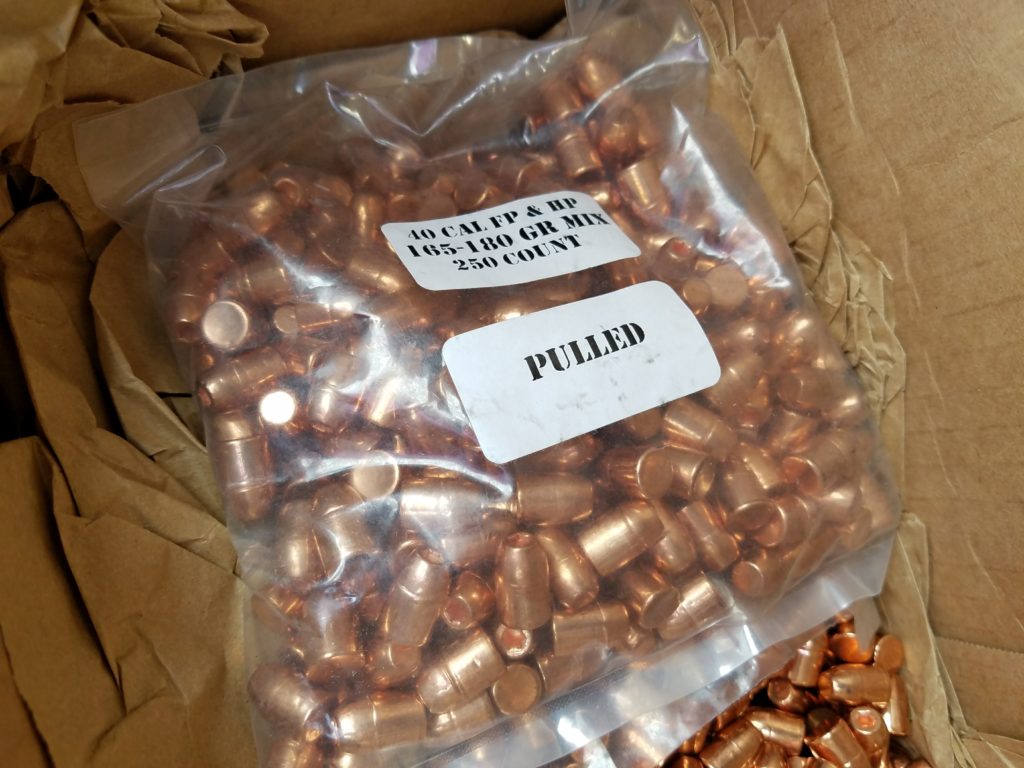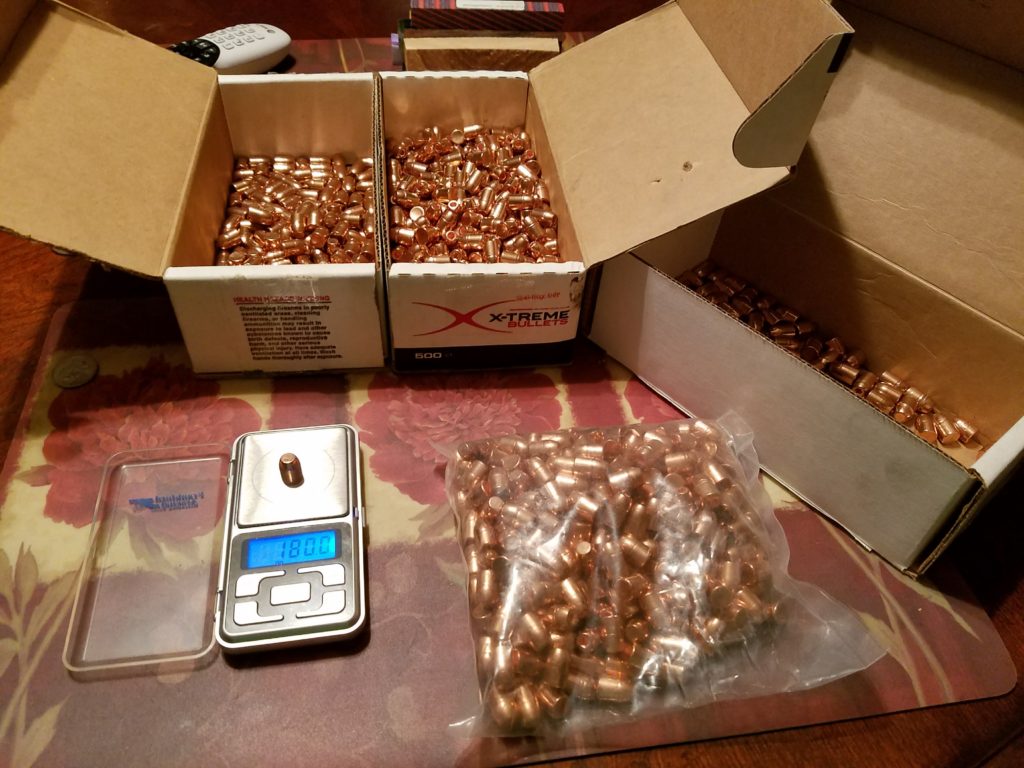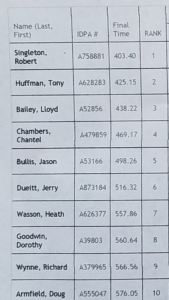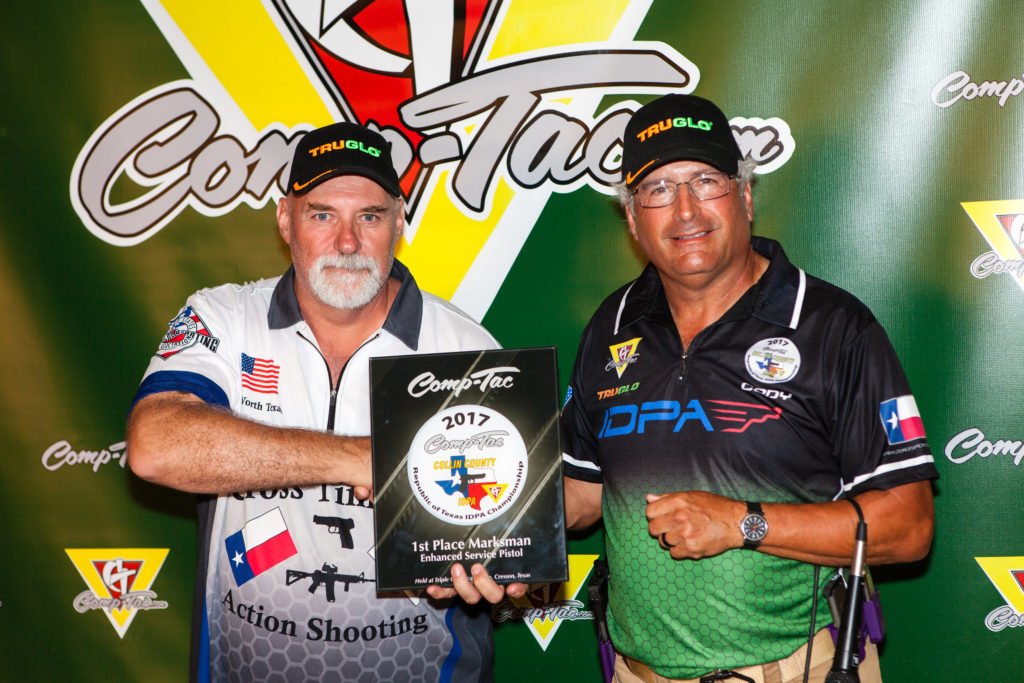I started this post September 2020…. I’m typing this sentence January 2021. It was February 2019 when I posted last.
It’s been a busy couple years since my last confession post.
Using a method that has worked for me before, I browsed through the pix from my phone for reminders of significant events in since the last update.
I decided long ago that I don’t particularly like the common and inexpensive CED shot timers. They work well enough and are quite compact, but my old-guy eyes have trouble reading the display. So, I wanted something with a bigger display and decided to get a Competition Electronics Pocket Pro II. I found one on Amazon and I was kind of expecting it to not be super cheap, so I purchased the one with a short shipping time and went about my life.
The next day, I was going to share the link to the factory website with someone and noticed that it was available for about half the price directly from Competition Electronics. I quickly ordered one from there and only then realized that I had bought the Amazon one, not from Amazon, but from a third party seller. I requested cancellation, but the timer arrived before I heard back from the seller, who then said “Sorry, but we only offer the present deal.” I did not trust them to not make it worse in the return process, so I decided to keep it and chalk it up to an expensive lesson learned. Also by then, the order from Competion Electronics had arrived. I decided that having two timers was a good idea and just put it out of my mind that I had way overspent on half of them. Hey, they are nice timers. Can you tell which one has the gold circuitry?
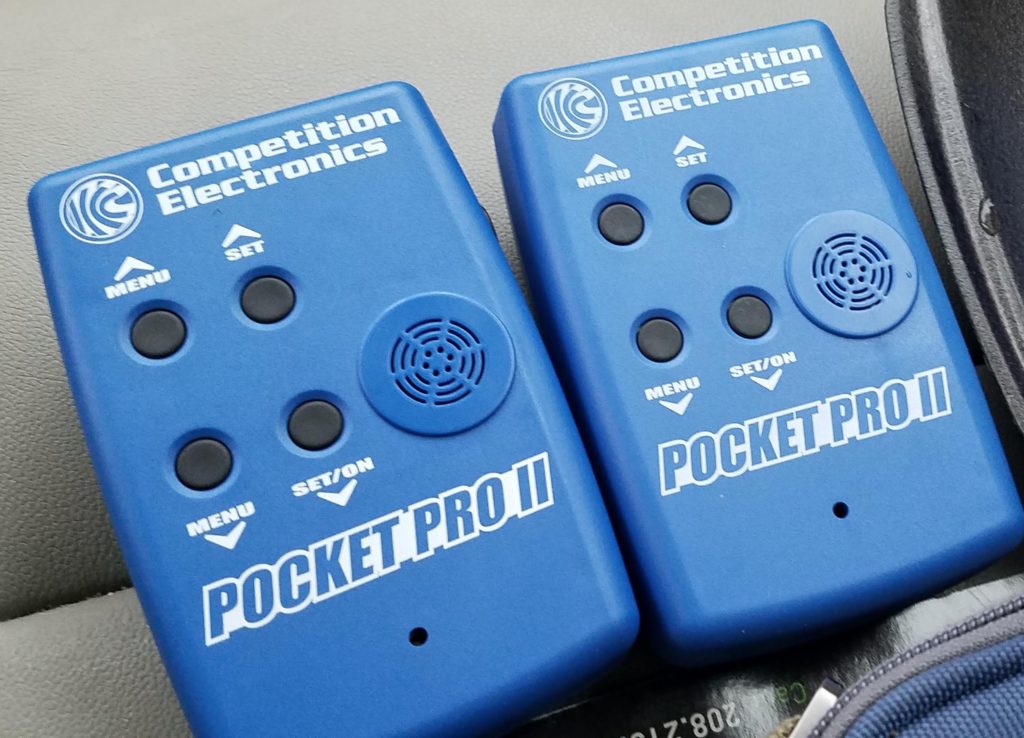
I started carrying my Glock 19 more often, mostly because I like the idea of having more ammo if needed. I know that statistically, I am astronomically unlikely to become involved in a firearm altercation at all, and if I do, it is also unlikely to need more than a couple of rounds to resolve it.
But what if I’m in that situation where I am the only armed person around and it does take more than a couple rounds to protect those around me?
Ammunition is kind of necessarily heavy. It’s how the physics works. You need something heavy or something fast and with handguns, fast (actually fast) is almost never a realistic option. There are a couple of fringe exceptions, but generally, big heavy slow is how pistols go.
Heavy ammo can add up if you want to carry more of it. One of the arguments for the adoption of 5.56mm back in the late 50’s was that a soldier could carry about 3 times the number of rounds in the equivalent volume for the same weight of 30.06. In my case, a Gen 3 Glock 19 with an empty magazine weighs 23.63 oz. 15 rounds of Hornady Critcal Defense adds 6.8 oz, for a pistol carry of 30.48 oz. A second 15 round magazine is another 9.32 oz to carry.
Inceptor is a polymer copper projectile ammunition. I’ve discussed it before, handloaded the projectiles and even won a 5th place trophy shooting it. It is lead free, and is good for all the reasons lead free ammo is good, plus it’s lightweight. The individual 9mm projectiles are 65 grains, compared to 115 for the Hornady. They get the muzzle energy from smokin’em out of the barrel at 1600+ fps. They are frangible, so they don’t overpenetrate and the use a clever shape and that velocity to make terminal performance in soft, wet targets.
From a carry ammo point of view, the 9mm Inceptor ARX ammo is lighter. Still has a brass case, but the bullet is only 55% as heavy. That works out to 4.47 oz less per 15 round magazine or 9 oz less for the whole rig.
The Glock loaded with Inceptor ARX is not necessarily my*every* day rig, but it is definitely the most days rig.
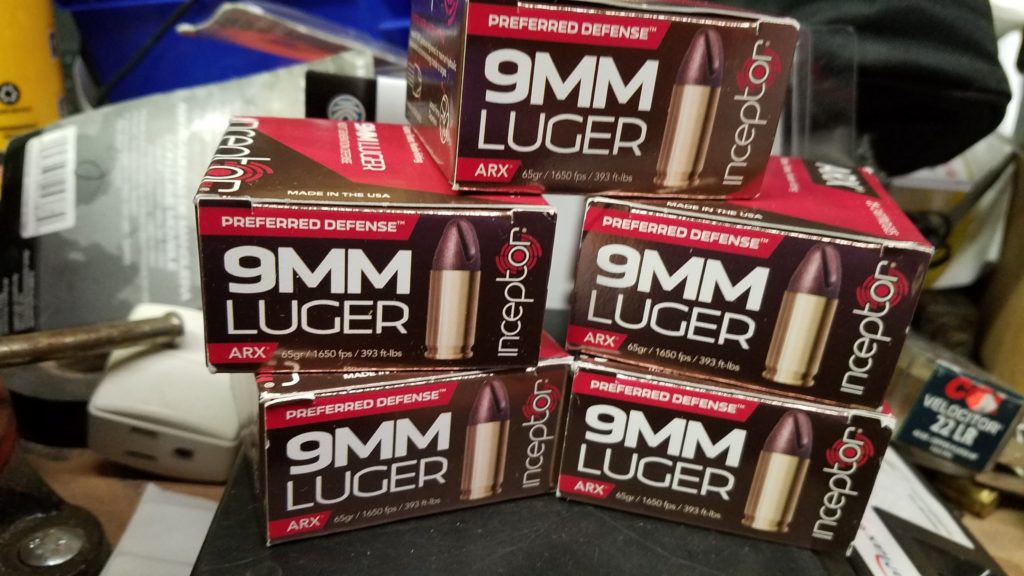
The 2019 Gulf Coast Championship was a fun match. The weather was a little chilly and threatening, but it never really rained on us.

As always, they put together a fun and challenging match. One of the fun stages (that I also happened to have done pretty well on) was also caught on video. I didn’t place, but I won a MantisX in the raffle! I already had one and I was able to sell one of them to a coworker. 🙂
I built a slider target. I completely stole the idea, but my victim advised, so it’s probably ok. I streamlined some of the design elements by having a custom bend done on some metal. I actually made this thing back in October of 2018 and I’ll probably document that separately, but we finally tested it
The CoolFire training system is an awesome way to “dry” fire that’s not really dry firing. You get some recoil, some realistic action and you are using *your* pistol to train with. If I were to make one complaint, it would be that it would cool if there was a way to make it lock the slide back after some arbitrary number of shots for the most realistic simulation possible. All I have to do as actually use it on occasion. Once I had it, I ordered a laser module for it. Being less than careful, I ordered to wrong one. I happened to take the unit to IDPA World Championship (more on that later) and the CoolFire rep there swapped my module fwithout question. I’ve heard a couple of similar stories of high quality customer service from them.
Defender Outdoors added a Glock 18 to their fleet of rental guns. When it first arrived, they gave members an opportunity to reserve an appointment to shoot it before it went into normal rental rotation and I definitely had to do that. It was not uncontrollable by any means, but it was definitely a handful. 5 stars, would do again 🙂
I have been handloading since the 1980’s, though back then, 100 rounds was a major project. Now 100 rounds is what I need for a local match. In all that time, I’d never had a primer detonation. Note the past tense.
I’ve been using the Dillon RF-100 to fill primer tubes for a while now. Also, I’ve been loading 9mm almost exclusively for a couple of years. Consequently, the trap I set for myself had been dormant for a long time. I was working on some metalworking project that involved using a handheld angle grinder at my bench vise. I had been grinding on and off for an hour or two when something went off, POW! Obviously, I stopped immediately. My first thought was that somehow, sparks from the grinder had set off a cartridge, as unlikely as I considered that to be. As I began looking around and saw where the damage was centered, it dawned on me what had happened.
Before I filled them one at a time with the RF-100, I kept a stock of filled primer tubes in a bin above the workbench, coincidentally directly behind the vise. Sparks had apparently gotten into the one and only tube of larger primers that was in that bin, left from the last batch of 45 Auto I had loaded. When the one primer on the end set off, it set off the rest of the tube.
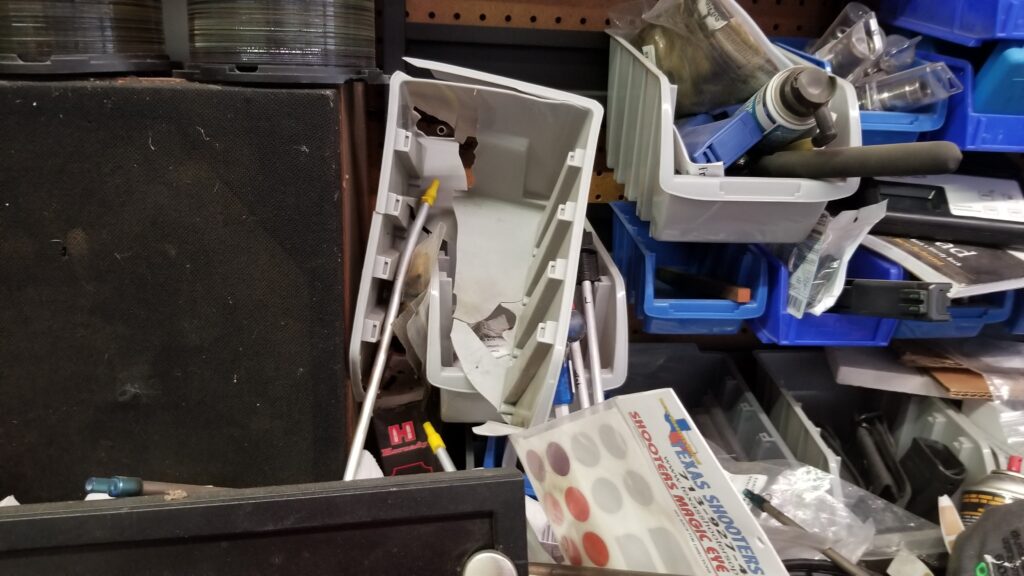
Note the tube still in the bin is bent. All the empty tubes in that bin were bent to some degree and are now aluminum scrap.
Note also the little circle visible in the upper lefthand corner of the bin.
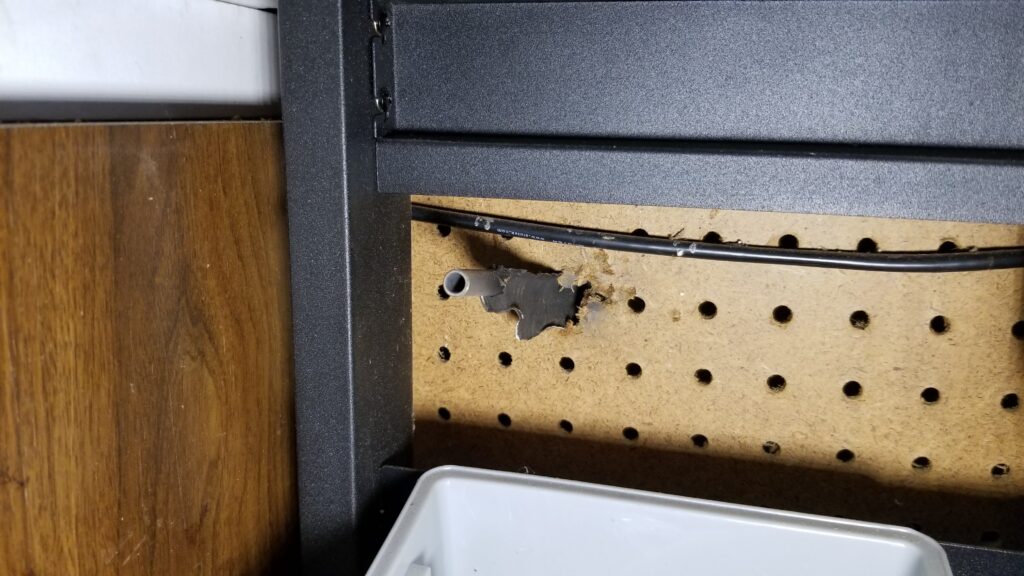
The tube launched through the back of the bin, through the pegboard, the sheetrock, the insulation….
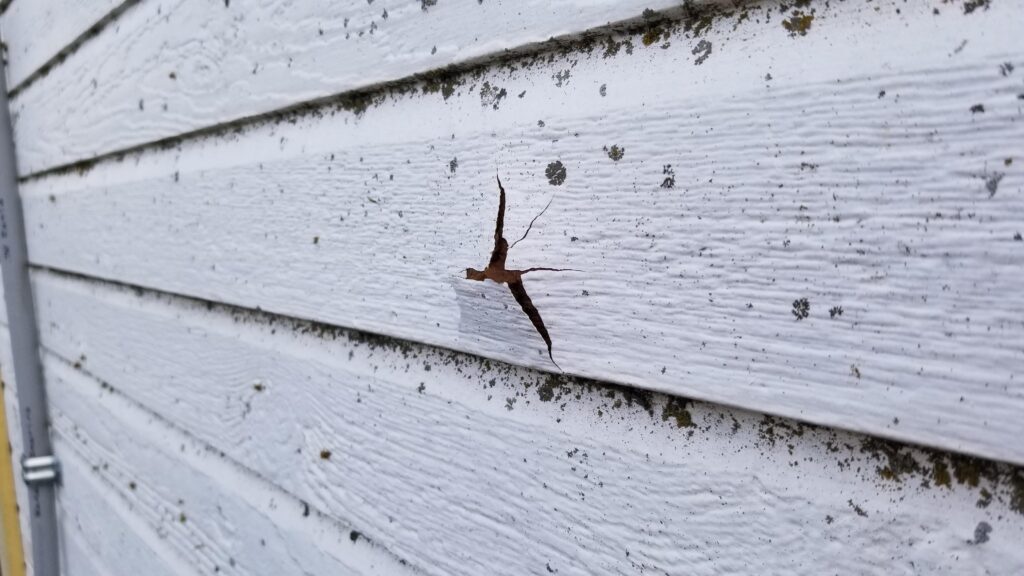
… and tried it’s best to continue outside.

Inside, there were spent primers everywhere, including peppering my arm.
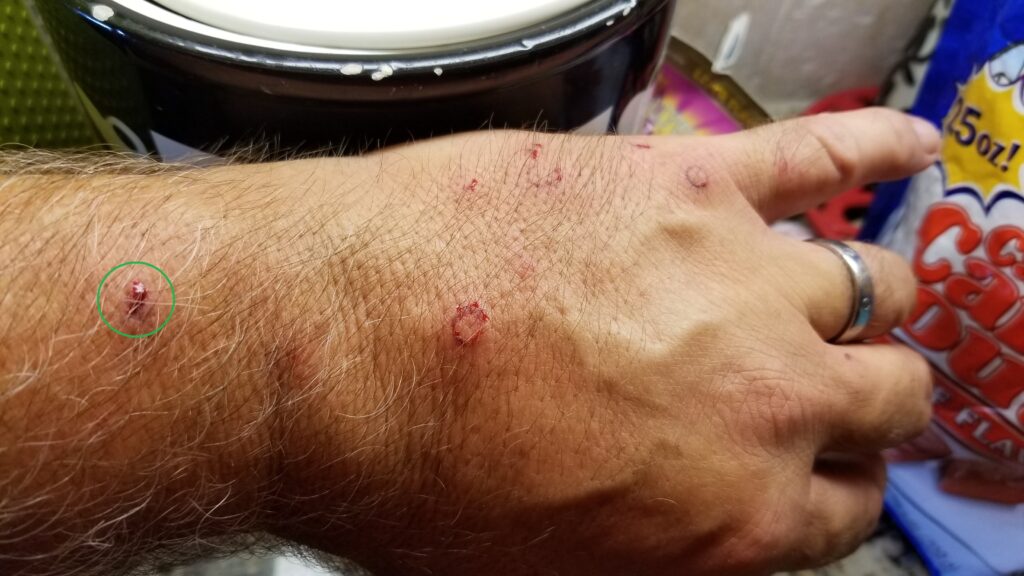
The spot marked in green would turn out to be most interesting a couple days later as the primer anvil that was lodged in there finally revealed itself. It hurt but didn’t really feel like anything was in there at first, but eventually, I saw a glint of brass and worked it out.
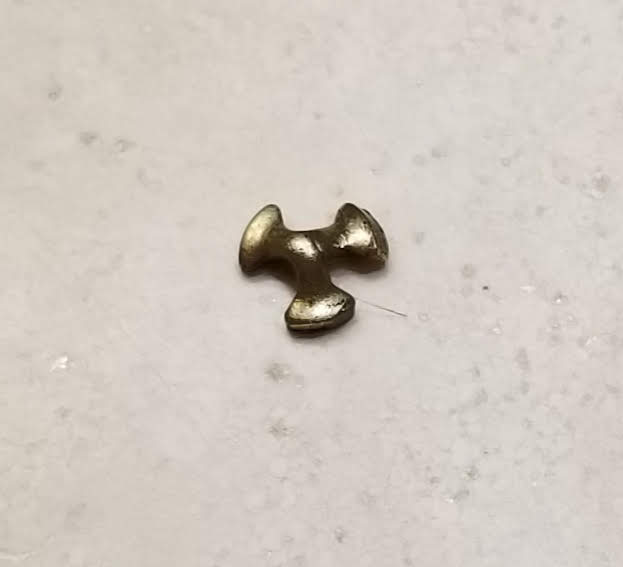
Primary lesson reinforced: Turns out primers shouldn’t be stored near sparks or flame. Who’da thunk it?
I got to attend and/or work my first IDPA Nationals and it was a special one, World Championship and Nationals combined *and* innaugural PCC Nationals. So, by submitting and having accepted my application to work that match, it was basically a two week long match at the Civilian Marksmanship Program range near Talldega, AL.
For the pistol match, the first day it seemed I could not hit ANYTHING. The morning of the 2nd day, I noticed that the rear sight on my pistol was WAY off to the right. It was loose. I used some improvised tools (a tent stake as a hammer, for example) and set it straight, but it was far too late to place. Since it was two matches, I got to run over 400 shooters during the entire event. I got pretty good at it.
Being as it was the World Championship, there were several teams from various countries. Our stage was sponsored by IDPA China and we got a great picture with the whole team.
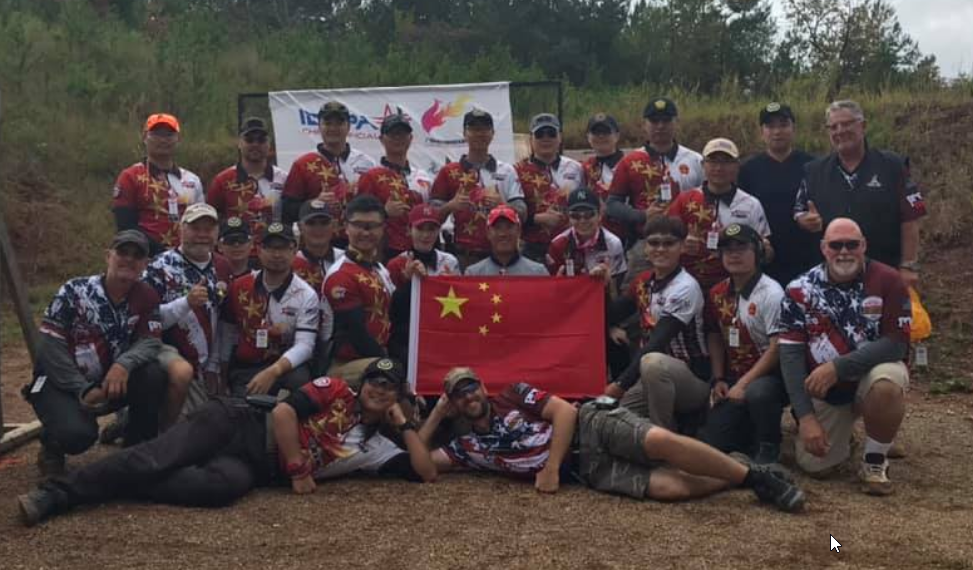
I love my Dillon RL550B. It was my first Dillon press. I bought it from someone, who in turn had bought it used from someone else. Between the (at least) three of us, it has loaded probably several hundred thousand rounds. I had a part break on it and experienced the legendary Dillon customer service for that repair and refurbishment.
I was not *looking* for an upgrade, but a deal on a 650 came to me and I grabbed it.
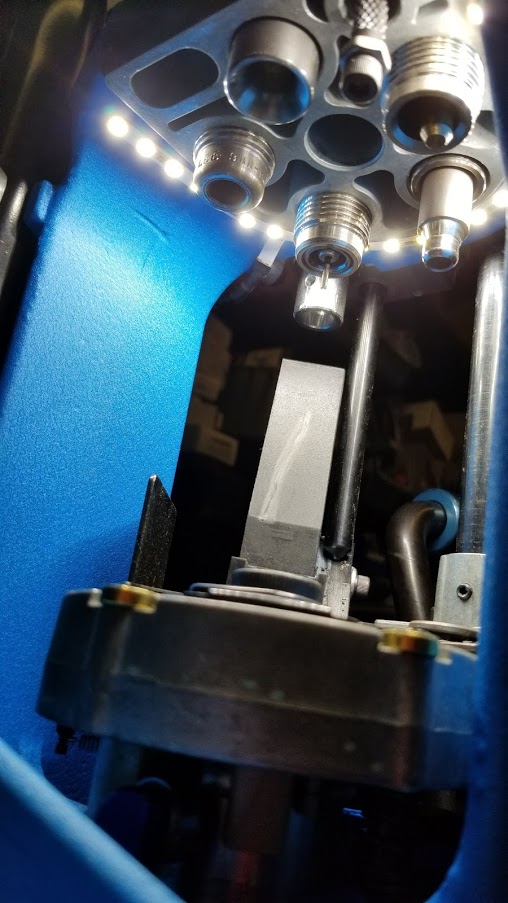
I don’t care for the primer system. It works flawlessly, but it does not tolerate interruptions in production. It works exceptionally well, but it delivers primers with every stroke of the handle, whether you need a primer just then or not. Same for the case feeder. Sometimes, a case will feed upside down and when it gets to the plate, it jams things up. It generally takes a couple of strokes to clean up the mess. Meanwhile, a couple more unneeded primers have been fed…
All that having been said, I can loaded about 50% faster on the 650 than the 550, basically a couple hundred rounds per hour. A match worth of ammo takes about 30 minutes.
Sometimes, the case jam up can result in a partial or double powder drop. Most of the time, it’s easy to catch, but at least once, I missed it. I had my one and only kaboom.
So, the rule is: If you are going to have a double charge, at least it should be a double light load in an all-steel gun.
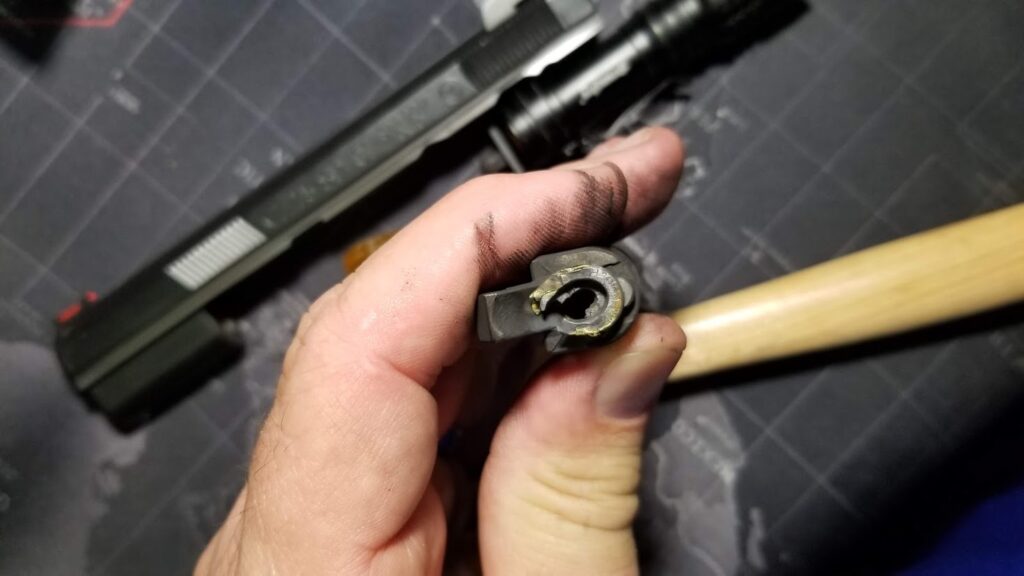
Neither me nor the pistol suffered any permanent damage. The event was merely days before Gulf Coast Championship and I was sweating bullets about it until a fellow CZ shooter offered his almost identical pistol for me to use in the match.
Gulf Coast Championship is always a blast and 2020 was no different, although timing-wise, it was kinda the last match most of us got to go to for a long time.
My own experience was unique in a couple of ways. Remember my kaboom and my concerns about my pistol. Turns out, all that worry was misplaced. I should have been worrying about having not practiced PCC, since *that* was what I had signed up to shoot at GCC. It was my 2nd major match shooting PCC (first was Nationals, so there’s that) and my otherwise solid performing PCC had a mechanical failure partway through. It was not my week.
See if you can tell from points down which stage it was…
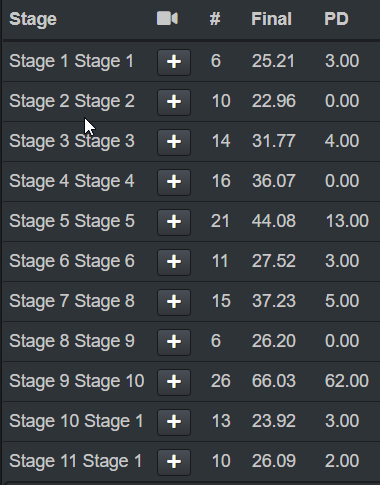
The issue was that the firing pin retaining pin, a known issue on this firearm, had finally failed. Now. Of course. I was able to borrow a PCC from a fellow Rudy Project Team member to complete the match.
Here’s the funny bit. Even with that, I was 4th in my class and division and without that 62 down, I would have come in 2nd.
It was about now that COVID-19 really started having a big impact on gatherings, the daily commute, shopping… pretty much everything. From the end of GCC 2020 on March 14, I did an absolute TON of stuff, just almost none of it was shooting related until August 28, where I managed to place 4th ESP Sharpshooter at TRUGLO 2020 Texas State IDPA Championship. Considering the dearth of practice opportunities, I was really pleased with that.
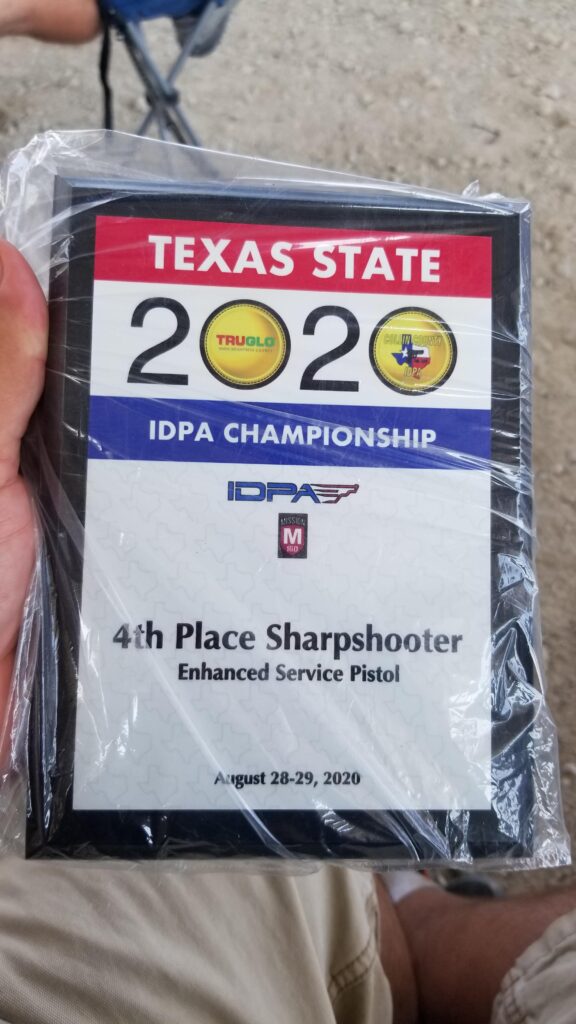
Finding primers is still a challenge for everyone. A friend pointed me to a deal of sorts for some surplus Fiocchi small rifle primers. They were not exactly free, but considering their condition and that it was 12000 to a box, they were reasonable. The seller revealed that they had been stored near a vent or some such and thus had some humidity related damage, but that in their testing, they had not had any failures.
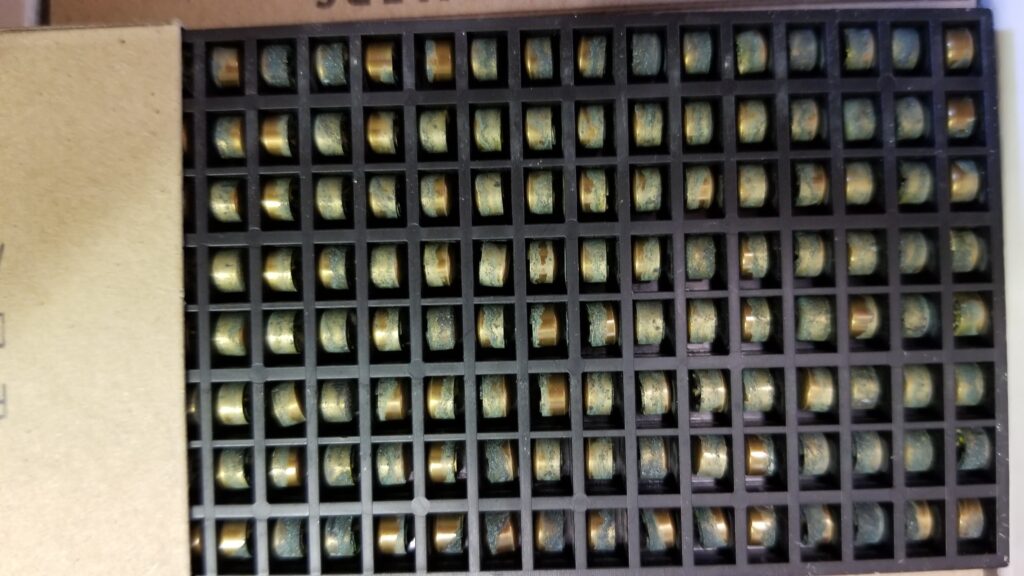
Here is a closeup of these and some other primers.
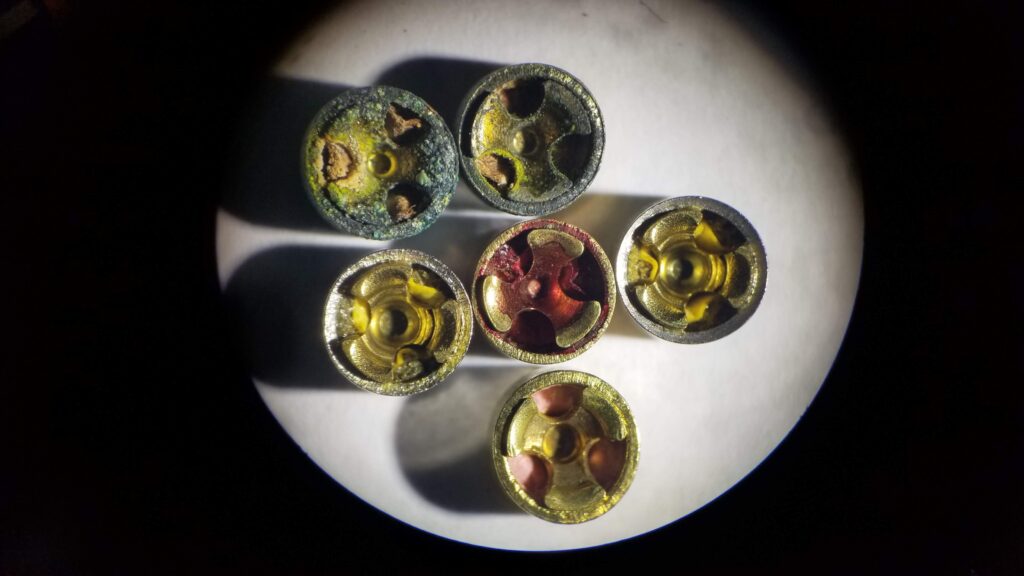
The top two are the Fiocchi primers. One is an example of a pretty bad one, one pretty clean. The rest of the primers are new primers, a mix of pistol and rifle primers.
My own testing concurs with the seller’s. Regardless of their ugly duckling status, they tend to always fire, so long as they are hit hard enough. They *are* rifle primers, so the thicker cup needs a harder whack. If you have tweaked your trigger, you probably are striking your primers lighter than stock and even stock might be lighter than needed for rifle primers.
There is an issue, though. I sometimes have trouble getting them to seat all the way and *that* can cause them to fire going into battery. No, not good.
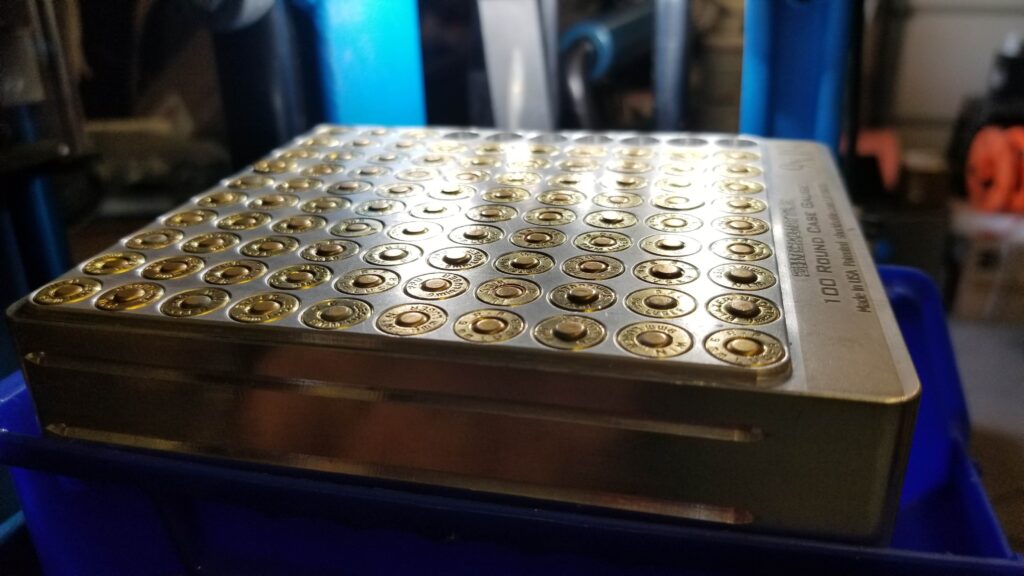
Speaking of COVID delays, I was accepted as a member of Dallas Pistol Club in April. I had to cancel my first new member orientation not directly because of COVID, but because I ended up working all that Saturday setting up remote users for my company. A couple more opportunities arose, including one the same Saturday as the TRUGLO match. Finally, October 18, I got to get my gate code and keys!
Also around October or November, we got back to doing limited indoor matches at Texas Gun Experience. In particular, on November 16, I had a match with a DNF. It’s hard to finish with a broken shoulder. I slipped and fell HARD on my left side. Ouch. Ambulance. Xrays. “Comminuted fracture of the humeral head and a fracture of the humeral neck” which basically means that not only was the ball joint broken off, but it was split in half as well. I saw an orthopedic surgeon the following week. The surgeon didn’t even need his own imagery; the ER xrays were good enough for him to say, “we’re replacing that.”
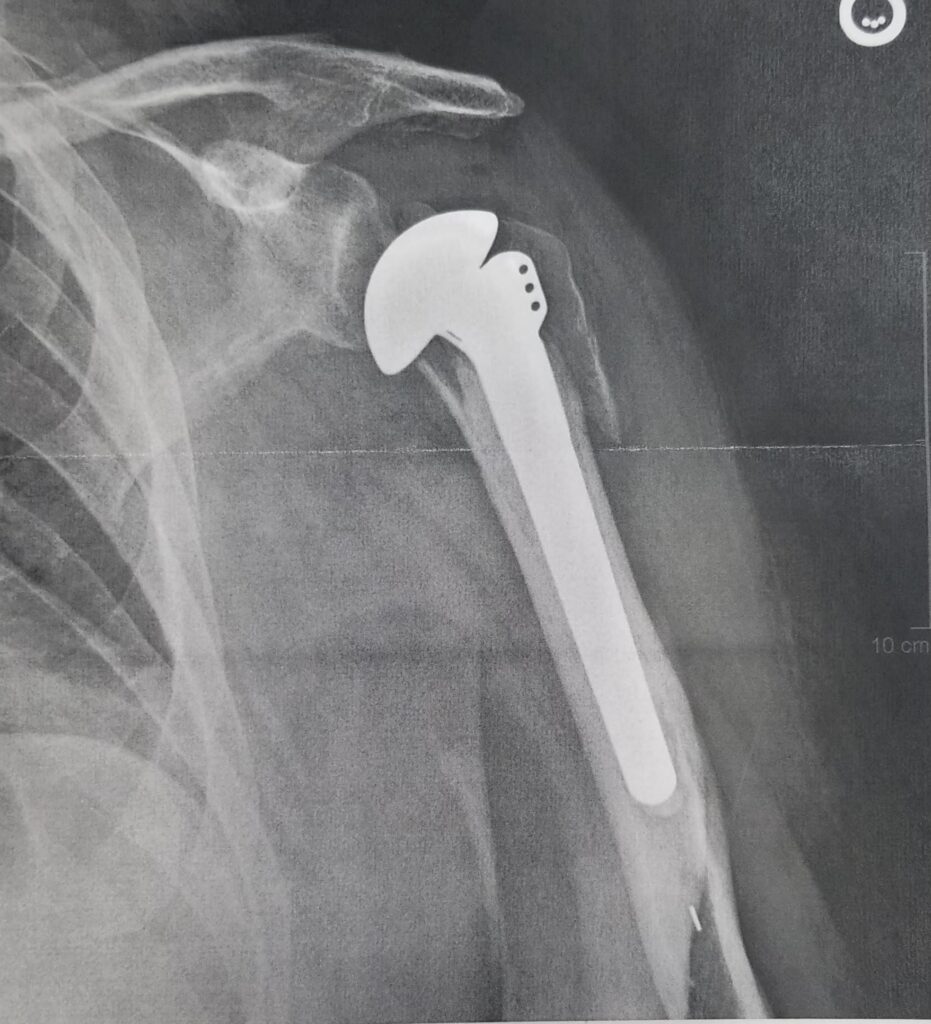
I’m well into the Physical Therapy phase of my recovery. I’m nowhere near 100%, but I think I’ll be able to safely attempt a pistol match in the next 30 days or so.
So, that catches us up, shootin-wise. You’ll have to check out the other blogs, including the new one, to see what *else* I’ve been up to.
